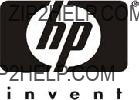
HP Tower Server tc3100
Operations and Maintenance Guide
Online Version: 1.1
December 2002

HP Tower Server tc3100
Operations and Maintenance Guide
Online Version: 1.1
December 2002

Notice
The information contained in this document is subject to change without notice.
This document contains proprietary information that is protected by copyright. All rights are reserved. No part of this document may be photocopied, reproduced, or translated to another language without the prior written consent of
Windows NT??, Windows 95??, and Windows 2000 are registered trademarks of Microsoft in the U.S. and other countries.
Torx?? is a registered trademark of CamCar/Textron, Inc.
Network Server Division
Technical Communications/MS 45SLE 10955 Tantau Avenue
Cupertino, CA 95014 USA
?? Copyright 2001,
Audience Assumptions
This guide is for the person who installs, administers, and troubleshoots LAN servers.
For installation instructions, refer to the Installation Sheet included with the HP Server tc3100.
ii

Contents
iii

Contents
iv

v

1 Controls and Indicators
This chapter describes the controls, ports, and indicators on the front and rear of the HP Server tc3100.
Front Panel
The front panel of the HP Server tc3100 provides the controls and indicators commonly used when operating the server. See Figure
Figure
Figure
1

Additional Controls and Indicators
Storage devices provide additional controls and indicators as shown in Figure
Figure
2

Controls and Indicators
Table
*Flashing at
**Pulsing at
Hot Swap Hard Drive Indicators
Each of the hot swap hard drives has two LED indicators:
??????Status Indicator
This LED indicates the drive operating condition: normal, warning, or failure.
??????Activity Indicator
This LED indicates the disk drive access activity. This LED indicator is controlled by the disk drive directly. When a drive is accessed, the LED indicator shows a green light.
Table
Table
1.During disk drive
3

Controls and Indicators
Table
Rear Panel
The ports and connectors at the rear are listed below and shown in Figure
??????The power connector accepts a standard power cable to connect the HP Server with a UPS or the site power source.
??????The mouse port accepts a standard mouse with a PS/2 connector.
??????The keyboard port accepts a standard keyboard with a PS/2 connector.
??????Two USB ports are provided for printers, scanners, and external modems.
??????The LAN port is an embedded controller based on Intel's 82550 10/100 BaseT Fast Ethernet controller. It has an
??????The Serial Port A is a standard serial port.
??????The Parallel Port is a standard parallel port, which supports Extended Capabilities Port (ECP)/Enhanced Parallel Port (EPP).
??????The Serial Port B is a standard serial port.
??????The external SCSI port provides access to external SCSI devices, typically an external SCSI tape backup device.
Figure
4

Controls and Indicators
Table
Indicator Definition
LAN Speed LED This LED is the LAN speed indicator.
??????Steady amber indicates the LAN is operating at 100 Mbps LAN speed.
??????Off indicates the LAN is operating at 10 Mbps LAN speed.
Applying Power to the HP Server
Powering Up the Server
1.Turn on power to the monitor connected to the HP Server.
Turning on the monitor first ensures that video output
2.Press the power button on the front control panel. See Figure
When you press the power button, the server powers up and loads the operating system. The system runs a set of
Powering Down the Server
1.Log off all users and, if necessary, back up files.
o Schedule the power down for a time when the server being down will affect the fewest users.
o If you will be performing a hardware or software upgrade, ensure the server's data has been backed up.
o Follow instructions in your network operating system (NOS) documentation to shut down all networking software and applications.
WARNING The power supply will continue to provide standby current to the HP Server until the power cable is disconnected from the rear panel.
2.Press the power button on the HP Server's control panel when prompted by the operating system. Normally this completes the
5
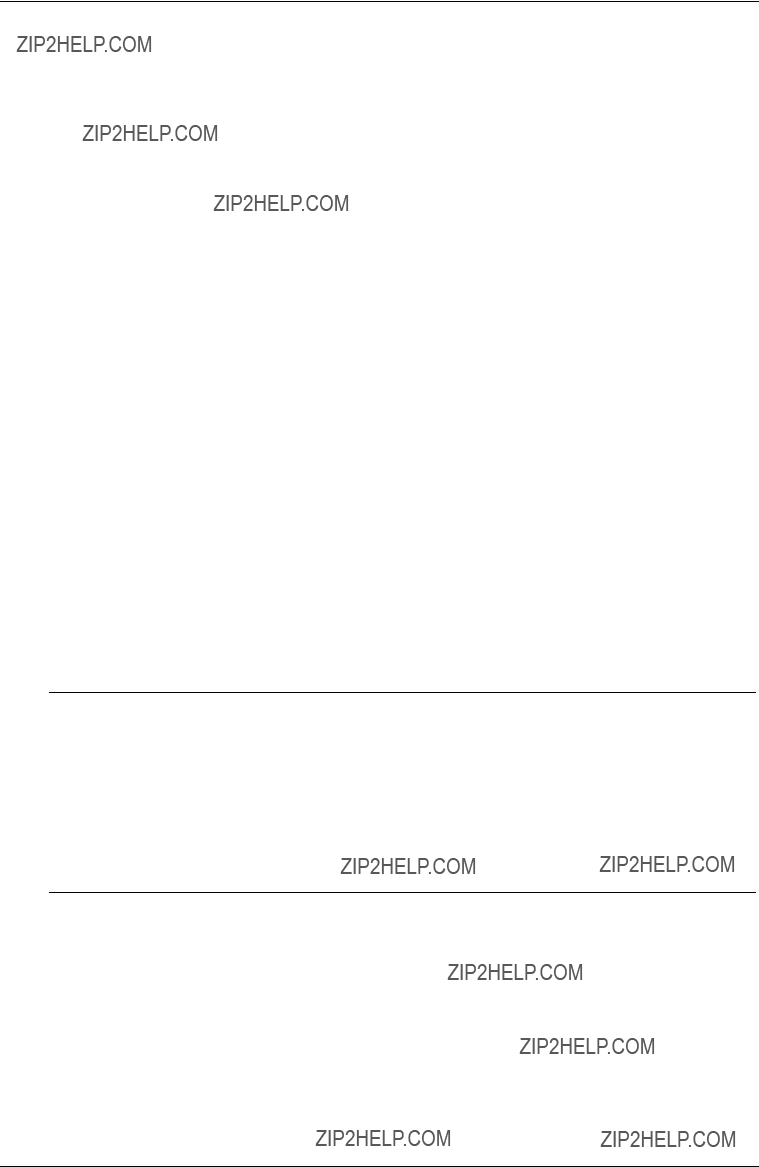
Controls and Indicators
Connecting Power to
The HP Server temporarily draws a large "inrush current" when first connected to an AC power source. The inrush current is much greater than the server's normal operating current and generally, the AC power source can handle the normal inrush current.
However, if you install several HP Servers on one circuit, precautions are necessary. If there is a power failure and power is then restored, all the servers immediately begin to draw inrush current at the same time. If the circuit breakers on the incoming power line have insufficient capability, the breaker may trip and thus prevent the servers from powering up.
When preparing your site for installation, allow for the additional inrush current. Refer to "Power Supply Requirements" in Chapter 9, "Specifications."
Sleep States (ACPI)
The HP Server supports the ACPI (Advanced Configuration and Power Interface) standard, which is a key component of a NOS's directed power management. The supported features are only available when an
The HP Server supports several sleep states. One of these is "standby" or "suspend" sleep state, which has a short
The HP Server has another sleep state with a slower
The HP Server supports certain types of system activity, which is used as
The HP Server???s power button can be configured to initiate a graceful shutdown of the NOS rather than an immediate shutdown of the power supply. The power button configurations are dependent on the user interface provided by the
6
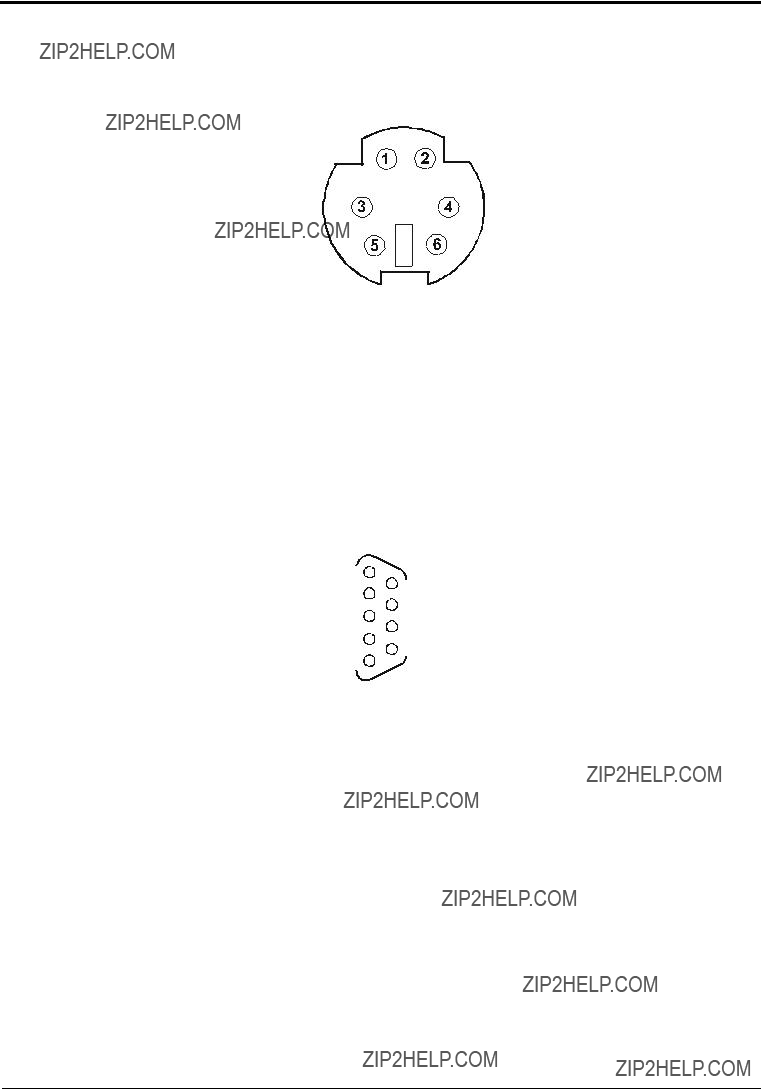
2 External Connectors
Unless otherwise noted, the following features apply to all models. Some features are factory installed; others are optional.
Serial Port
7

Chapter 2External Connectors
Parallel Port
a.All data bits are sent to a printer in an
b.The signal is active low.
USB
8
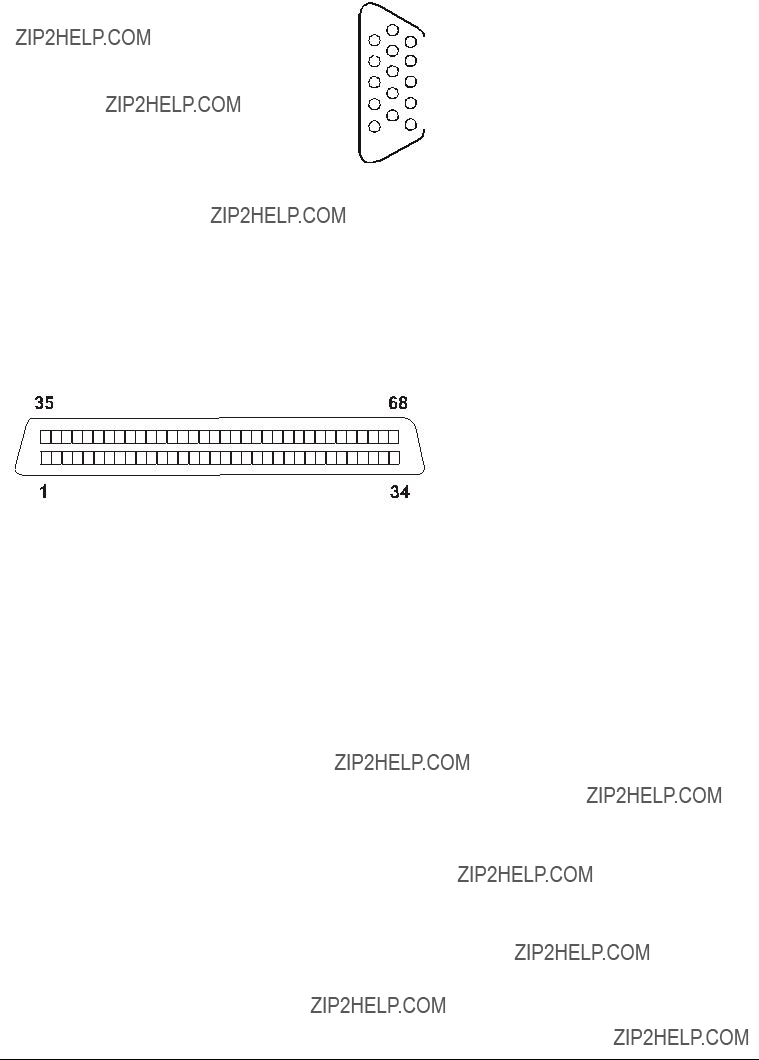
Standard Video
The
Standard SCSI
9
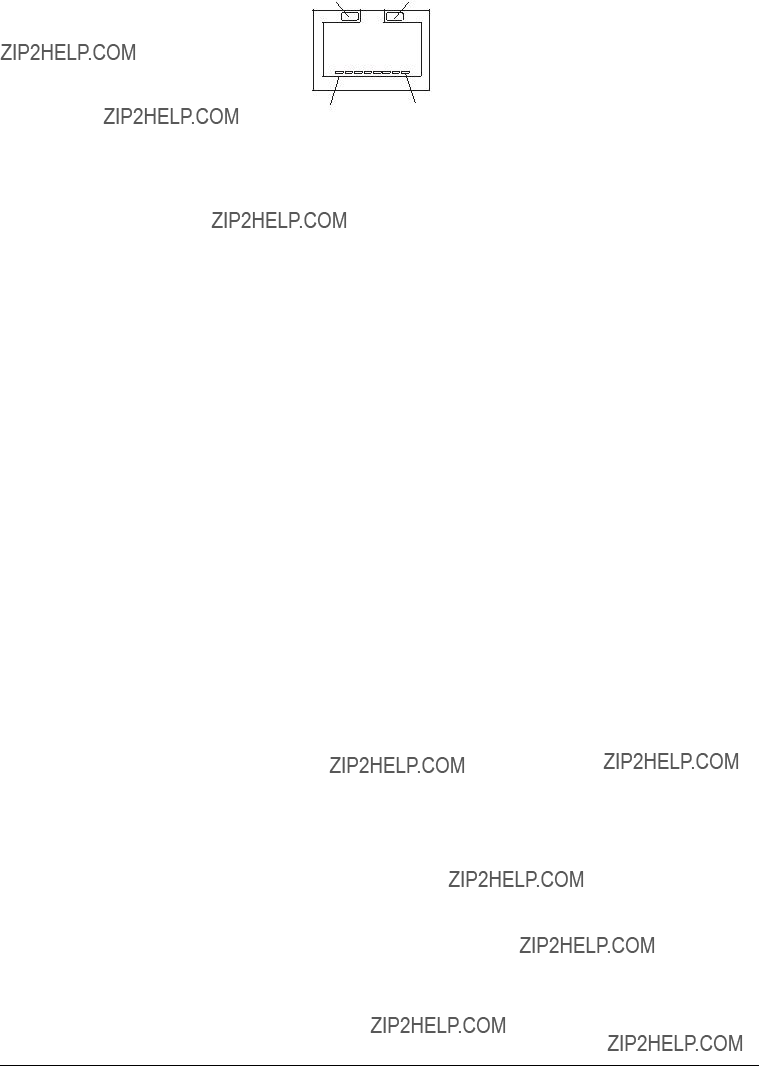
Standard LAN
10
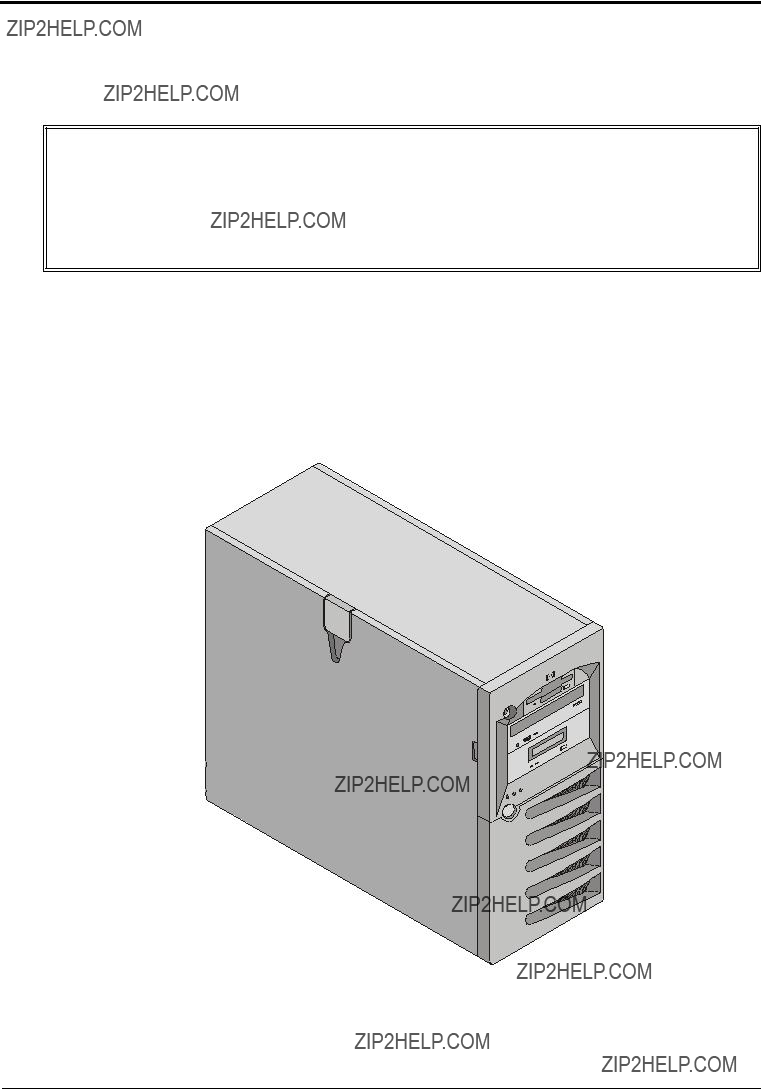
3 Installing and Configuring
Opening and Closing the HP Server tc3100
This section describes how to open and close the front bezel, lower bezel, and side panel of the HP Server tc3100.
WARNING Before opening the server, always disconnect the power cord and unplug cables. Disconnect the power cord to avoid exposure to high energy levels that may cause burns when parts are
Wear a wrist strap and use a
Figure
??????The key lock, power button, and system and LAN status indicators are located within the front upper bezel. See Figure
??????The SCSI hard drives are accessible from the front lower bezel. See Figure
??????The system board modules, power supply, fan assembly, and PCI cards are accessible from the side panel. See Figure
Figure
11
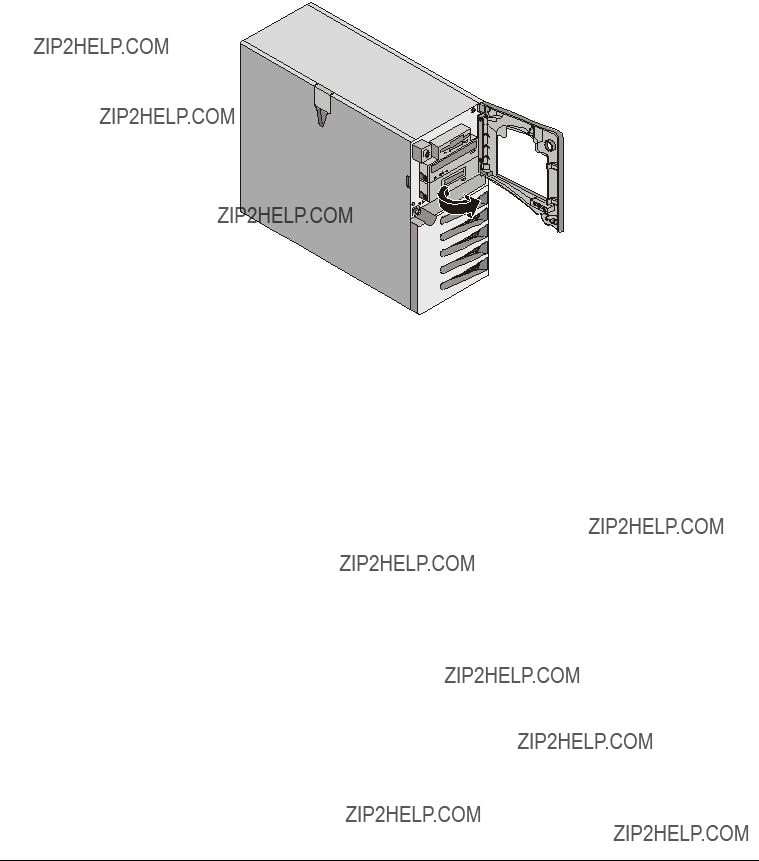
Opening the Upper Bezel
You need to open the upper bezel to remove and replace the flexible disk drive and
??????If you are installing or removing SCSI cold swap hard drives, you must open the upper bezel to open the lower bezel.
??????If you are installing hardware options, you need only unlock the front bezel; the bezel does not have to be open. The hardware options include accessory boards, DIMMs, and an additional processor, which are accessed through the side panel.
1.Power off the server and disconnect all power cords and any telecommunications cables.
2.Unlock the upper bezel.
3.Hold the bezel at the notch on the side panel and swing the bezel open to the right. See Figure
Figure
Opening the Lower Bezel (Cold Swap Model)
The only reason to open the lower bezel is to access the SCSI cold swap hard drives.
1.Power off the server and disconnect all power cords and any telecommunications cables.
2.Open the upper bezel.
3.Press down on the two tabs at the top of the lower bezel, pull the bezel toward you, and lower the door. See Figure
12

Figure
Opening the Side Panel
The power supply and fan can be installed and removed through the side panel. The user can also access the CPU system board, memory DIMMs, and all SCSI and IDE power cords.
1.Power off the server and disconnect all power cords and any telecommunications cables.
2.Unlock the upper bezel.
3.Lift the latch and open the panel. See Figure
Figure
13

4. To remove the panel, raise the panel up and out of its track.
Mass Storage
The HP Server tc3100 comes standard with an IDE
This section describes how to install the internal mass storage devices, including the internal SCSI hot swap hard drives and the optional tape backup (DAT) drive.
Guidelines
??????General Guidelines
o Use care when unpacking and handling the disk drives.
The hard disk drives are very susceptible to mechanical shock and can be easily damaged by a drop as short as
o Do not stack drives.
oDo not use high voltage differential (HVD) SCSI devices on any of the SCSI channels or damage will occur. Use only
oThe server is internally limited to 5 hard disk drives.
The flexible disk drive and
oIf a backup tape drive is used, it occupies shelf 6, leaving five
??????IDE Devices
oThe embedded IDE controller is an
oThe IDE
??????SCSI Device Selection
oEnsure the SCSI devices you install in both
oUse only HP LVD SCSI 3.5 inch hard disk drives for the cold swap and hot swap drive cages.
The HP cold swap and hot swap drives come set for LVD SCSI operation and without device ID or termination. Do not change these settings.
oUse the supported 5.25 inch SCSI devices for the common tray (5.25") shelves.
The available space in the 5.25" common tray shelves supports two
oThe embedded
oChannel A can be used for internal tape backup or to connect to external mass storage devices or to external backup tape devices. Channel A is connected to the optional internal tape drive.
An additional cable kit is required for external mass storage devices or connecting the optional tape backup drive. Refer to the appropriate topic later in this chapter.
oChannel B typically is used for cabling the factory installed hard disk drives, which may consists of five SCSI drives (including an optional tape drive). The standard SCSI cable has five
14
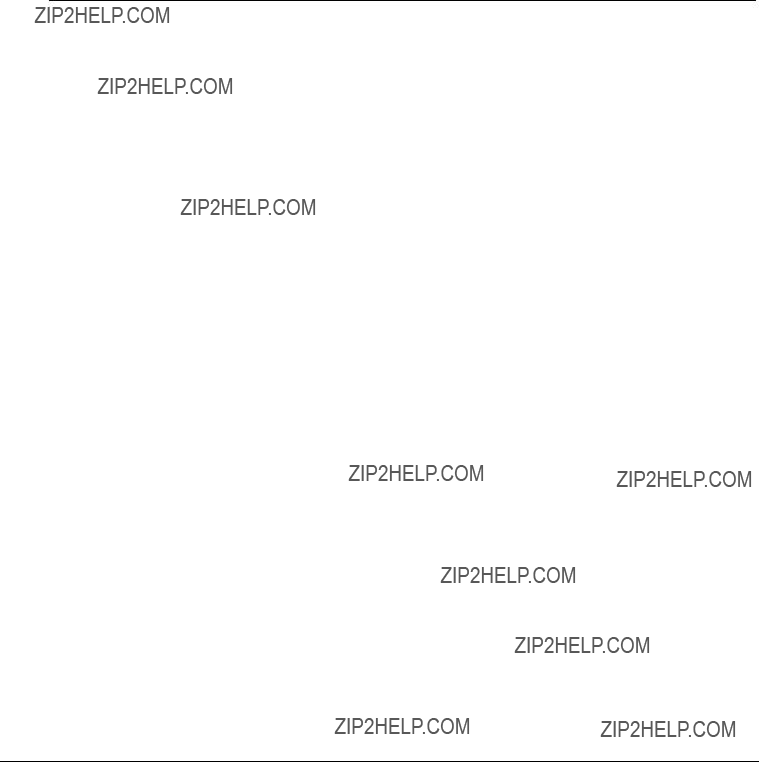
oThe optional HP supplied tape drive comes with a
??????SCSI Drive Addressing
oThe drives in the cold swap and hot swap cage are automatically assigned SCSI addresses by the HP Server.
oThe
??????Wide SCSI devices may be addressed 0 through 15, except for ID 7, which is held by the SCSI controller.
The
oThe cold swap SCSI back plane is hard wired for SCSI 01238 from bay 1 (bottom) to bay 5 (uppermost cold swap drive bay).
??????SCSI Device Installation Order
o Add cold swap hard drives starting from the bottom drive cage in the HP Server tc3100.
oAdd hot swap hard drives starting from the bottom of the drive cage in the HP Server tc3100.
If you are using one or more filler panels, insert them at the top of the cage. These configurations may use filler panels to close up the front of the cold swap or hot swap mass storage cage. If there are gaps in the cage, the drives may not receive the proper ventilation and could suffer thermal damage.
??????Filler Panels
oEnsure all empty slots in the cold swap or hot swap drive cage have filler panels inserted to ensure proper airflow.
If there are fewer drives than the hot swap drive cage supports, a
Boot Priority
This section details the HP Server's boot order by highest to lowest priority. The embedded SCSI controller consists of two channels, A and B. Channel A typically is used to control the external SCSI devices. Channel B typically is used to control the SCSI hard drives (5) and optional tape
The server's boot order should be considered when selecting a boot device. This is especially important if you are installing a board that requires a higher priority in the boot order. The board's boot priority is set by its slot location in the boot order.
By default the server searches for boot devices in this order:
1.IDE
2.Flexible disk drive
3.Embedded SCSI A channel (external SCSI Drives)
4.Embedded SCSI B channel (SCSI Devices)
5.PCI slot 6
15

6.PCI slot 5
7.PCI slot 4
8.PCI slot 3
9.PCI slot 2
10.PCI slot 1
11.Embedded LAN
For information about booting off of a hard disk connected to an accessory board, see "Installing a Disk Array Controller Board" later in this chapter.
Installed Mass Storage Devices
Table
Table
*A
**Both SCSI channels (A and B) can each support up to 15 devices; however, there are only enough internal storage shelves for five hard drives and one optional tape backup device. Channel A is used to control external SCSI devices or internal backup tape.
Installing Hard Disk Drives
WARNING Always wear a wrist strap and use a
The flexible disk,
ESD sensitive. Caution must be taken when removing them to avoid electrical shock.
Install and remove connectors carefully, and avoid displacing any of the pins.
16
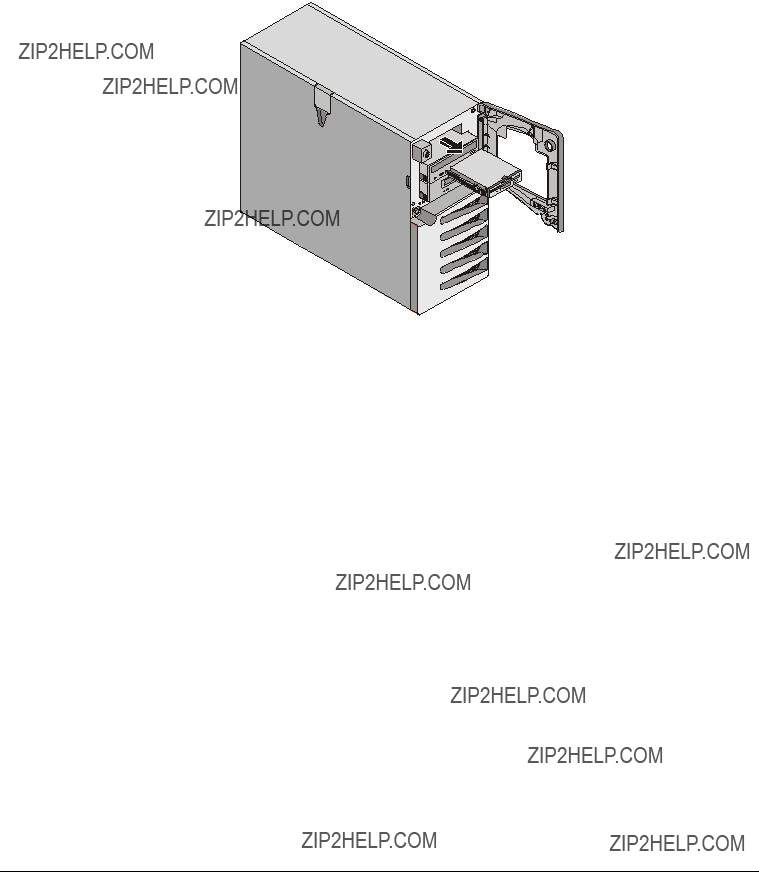
Flexible Disk Drive
Use the following steps to install a flexible disk drive (FDD):
1.If the server is operating, log off all users, back up files, and power down the server.
2.Disconnect the power cord and any external cables connected to the server. If necessary, label each one to expedite
3.Open the upper bezel and side panel.
4.Press the two latches of the drive inward and slide the drive out far enough to expose the connectors.
5.Disconnect the power and signal cable connectors.
6.Hold the disk by its sides and gently slide the disk from the chassis. See Figure
Figure
7.Connect the power and signal cable to the new drive.
8.Gently slide the drive into the available opening until the eject mechanism clicks. Watch the cable inside the side panel so it does not get pinched.
9.Close the upper bezel and side panel, and replace the external cables and power cord.
10.Power up the server and return it to normal operation.
Use the following steps to install a
1.If the server is operating, log off all users, back up files, and power down the server.
2.Disconnect the power cord and any external cables connected to the server. If necessary, label each one to expedite
3.Open the upper bezel and side panel.
4.Disconnect the power and signal cable connector from inside the side panel.
5.Press the two latches of the drive inward and, holding the disk by its sides, gently slide the drive from the chassis. See Figure
17

Figure
6.Gently slide the new drive into the available opening until the eject mechanism clicks.
7.Connect the power and signal cable to the new drive.
8.Close the upper bezel and side panel, and replace the external cables and power cord.
9.Power up the server and return it to normal operation.
Installing Optional SCSI Accessory Cable
The optional SCSI accessory cable (P/N P1773A) is used to connect the optional tape drive, which will separate the slower tape drive from the faster
18

Figure
Installing Optional Internal to External SCSI Cable
The HP Server tc3100 can be configured to extend one of its SCSI channels (channel A) to an external SCSI connector. This allows you to connect additional external mass storage devices to the second channel of the server's embedded SCSI controller. It requires a second SCSI cable, HP Server tc3100 Internal/External SCSI Cable Kit, PN: P1774A.
1.Remove the IO locking bracket. See Figure
a.Lift the bracket up.
b.Rotate it toward you and slide out.
Figure
19

2.Push the top PCI slot cover from the rear of the chassis to remove it.
3.Connect one end to the free SCSI connector (Channel A) on the system board. See Figure
4.Route the cable straight back to the open slot and clip it in place at the top.
Figure
5. Replace the IO locking bracket and rotate it to close.
Installing Cold Swap Hard Drives
Use the following steps to install cold swap hard drives:
1.If the server is operating, log off all users, back up files, and power down the server.
2.Disconnect the power cord and any external cables connected to the server. If necessary, label each one to expedite
WARNING The power supply will continue to provide standby current to the HP Server until the power cord is disconnected.
CAUTION Protect the drive from static electricity by leaving it in its
Do not touch the electrical components. Place the drive on the
3.Using both hands, grasp the ejector arms of the filler panel in the desired drive slot and press inward while pulling the filler panel towards you.
4.Slide the new drive into the open slot until you feel resistance, and then press firmly until the drive is fully seated into the connector on the back plane and the latches have fully engaged the chassis.
5.Verify that the drive is flush with the other drives. If the drive is not flush, it is not seated properly in the drive slot. Remove the drive and repeat Steps 4 and 5.
20

Removing Cold Swap Hard Drives
1.If the server is operating, log off all users, back up files, and power down the server.
2.Disconnect the power cord and any external cables connected to the server. If necessary, label each one to expedite
WARNING The power supply will continue to provide standby current to the HP Server until the power cord is disconnected.
3.Using both hands, grasp the ejector arms of the drive to be removed and press inward while pulling the drive out towards you.
4.Use your hand to support the bottom of the drive, while you slowly pull the drive straight out. See Figure
Do not allow the drive to fall.
Figure
5.Place the drive in an electrostatic protected container. Do not stack drives.
21

Installing Hot Swap Hard Drives
Use the following steps to install hot swap hard drives:
CAUTION Protect the drive from static electricity by leaving it in its
Do not touch the electrical components. Place the drive on the
1. Unlock the hot swap mass storage cage before attempting to remove the drive filler panel.
CAUTION To prevent snapping off the handle, do not use extreme force when opening it. Open the handle until you feel resistance.
2.Remove any filler panels in the desired drive slot.
a.Press in the locking latch and insert your finger.
b.Using your finger, pull the filler panel straight out. See Figure
Figure
3.Open the drive module by pressing in on the locking latch at the end of the drive ejector handle and pulling the handle open.
4.Gently slide the new drive module into the drive slot and stop when you feel resistance.
5.Verify the hooks behind the pivot end of the handle engages the hole in the edge of the cage.
6.Press the ejector handle in until you feel the latch click into place.
Closing the ejector handle engages the drive with the electrical connector in the hot swap drive cage and seats the drive.
7.If the drive is unseated in the cage after closing the ejector handle, remove the drive and insert it once again.
The handle was probably not pulled out far enough, and the locking latch failed to engage the hot swap mass storage cage.
22

Removing Hot Swap Hard Drives
CAUTION You must remove the drive slowly to ensure the drive heads are parked prior to removal.
Ensure you follow these instructions carefully to prevent handling damage, such as head slaps or head actuator unlocking.
1.Unlock the hot swap mass storage cage before attempting to remove the drive.
2.To unlock the drive, push the locking latch in and then pull the ejector handle toward you.
3.Gently pull the drive straight out to disengage the power connection.
4.Wait about 30 seconds for the drive to stop spinning and the drive heads to park.
CAUTION You must remove the drive slowly about an inch to disconnect from the back plane and wait 30 seconds for the drive to stop spinning to ensure the drive heads are parked prior to removal. Ensure you follow these instructions carefully to prevent handling damage, such as head slaps or head actuator unlocking.
5.Use your hand to support the bottom of the drive, while you slowly pull the drive straight out. Do not allow the drive to fall. See Figure
Figure
6.Place the drive in an electrostatic protected container. Do not stack drives.
Memory Modules
The HP Server's main memory is implemented using four memory slots on the system board which support up to 4 GB (1 GB x 4) of memory. The server uses only 3.3V,
23
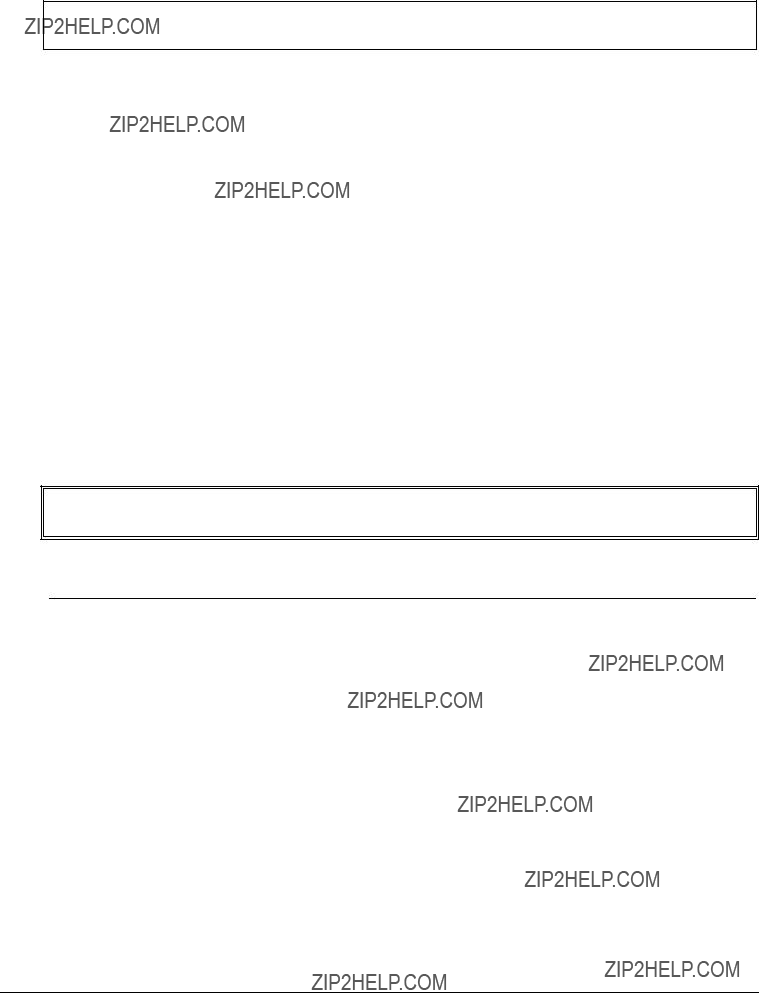
To ensure you have the correct DIMMs before installation, refer to one of the following for a list of qualified DIMMs:
??????Technical Reference Label inside the HP Server's side panel
??????Information Assistant on the HP Server Online Documentation
??????HP Customer Service
CAUTION Use an anti static service kit (3M 8501/8502/8503 or equivalent). This kit includes a
Guidelines
??????The HP Server tc3100 uses only PC 133 (133 MHz) buffered, ECC, SDRAM DIMMs, which are electrically different from the EDO and PC100 SDRAM memory modules used in previous HP Server models.
??????DIMMs sizes supported are 128 MB, 256 MB, 512 MB, or 1 GB in any combination.
??????Supported memory capacity ranges from 128 MB to 4 GB maximum (1 GB in each of the 4 DIMM slots).
??????DIMM sizes may be mixed on the system board and may be loaded in any order. However, HP recommends starting at slot 3 and filling the slots in order with the largest size first: 3, 2, 1, and 0.
??????Open slots between DIMMs are permitted.
??????When handling DIMMs, observe
Installing Additional DIMMs
1.If the server is operating, log off all users, back up files, and power down the server.
2.Disconnect the power cord and any external cables connected to the server. If necessary, label each one to expedite
WARNING The power supply will continue to provide standby current to the HP Server until the power cord is disconnected.
3. Open the side panel.
4. Choose a DIMM slot for the desired DIMM. See Figure
24
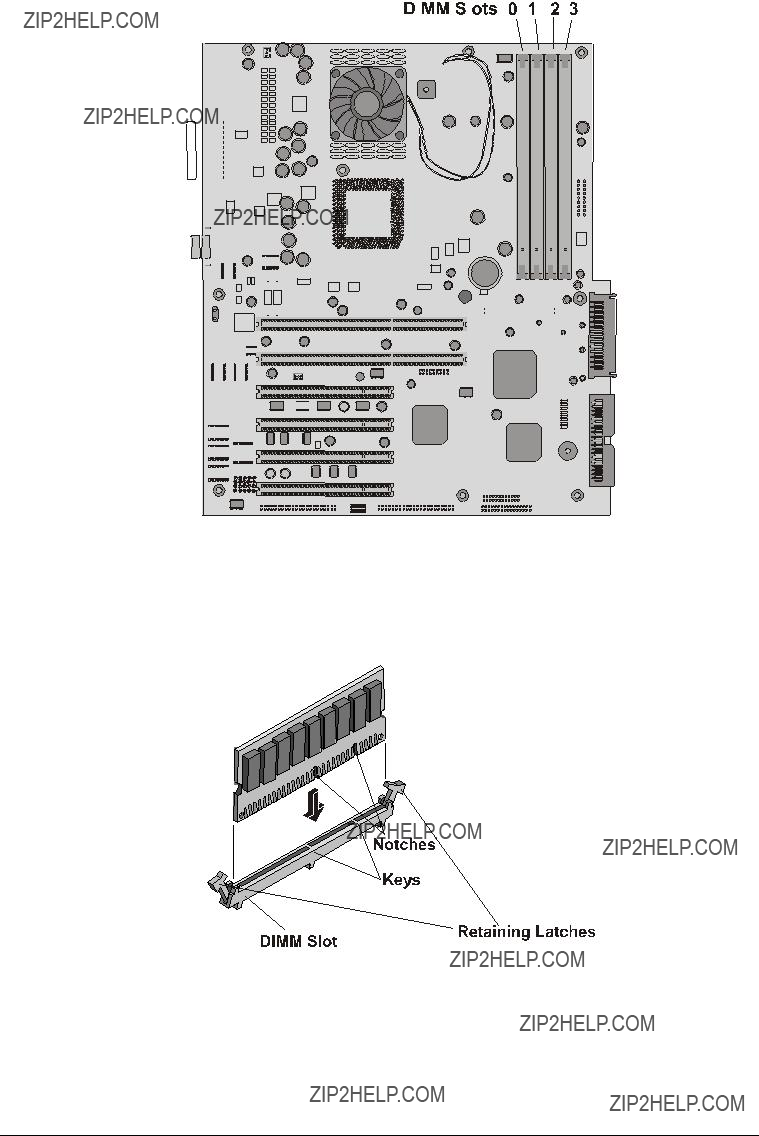
Figure
5.Spread the two retaining latches outward to accept the DIMM.
6.Remove the HP DIMM from its protective container, handling the module by its edges. If you must lay it down, place it on an
7.Align the notches on the new DIMM with the keys on the DIMM slot. See Figure
Figure
25
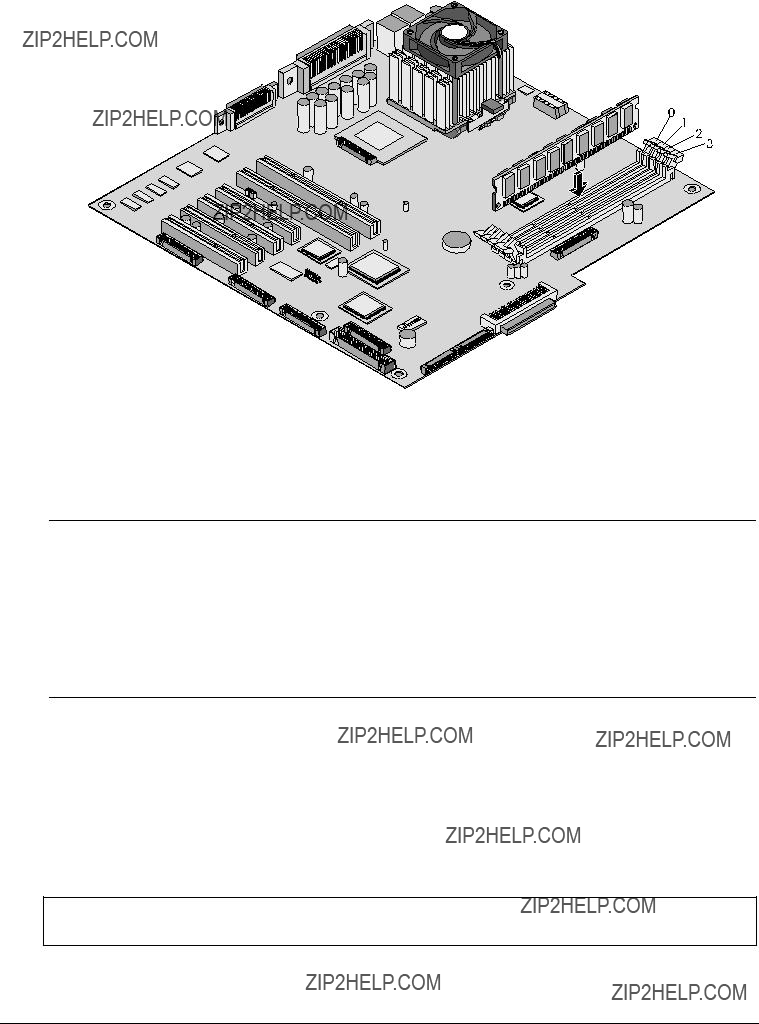
8.Hold the DIMM at 90 degrees to the system board and press the DIMM firmly and evenly into the slot until the retaining latches close. See
It is important to hold the DIMM firmly with both hands and use even pressure so as not to bend or break the DIMM connector during installation. If the latches do not close, the DIMM is not inserted correctly.
Figure
9.Close the side panel.
10.Reconnect the power cord and all external cables.
11.Power up the server and return it to normal operation.
Removing DIMMs
You may need to remove a DIMM module to downsize your memory configuration or to replace a defective DIMM.
Follow the steps in the preceding section, but instead of installing a DIMM, remove the DIMM.
Processors
The HP Server tc3100 ships with at least one processor installed. Both primary and secondary processor sockets are located on the system board (primary processor socket ??? CPU 1. The voltage regulator modules (VRMs) are embedded in the system board. See Figure
CAUTION Use an anti static service kit (3MTM 8501/8502/8503 or equivalent). This kit includes a static dissipating work surface, a chassis clip lead, and a wrist strap.
26
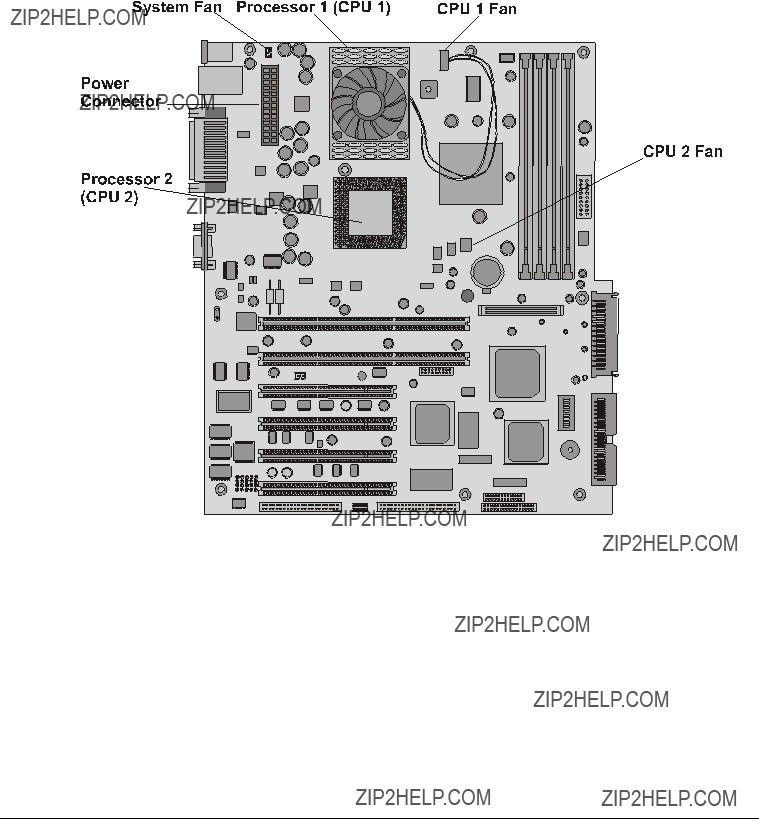
Guidelines
The HP Server tc3100 supports speeds of
http:/www.hp.com
and click the support button.
??????Both processors must be the same type and have the same product number, which insures the same clock speed, cache size, and FSB speed.
??????The processors must operate at the designated speed stated by the product type on the processor.
??????Use only processor upgrade kits with the same HP product number. This ensures the processor type, clock speed, and cache size are the same.
??????Install the second processor in the secondary slot (CPU 2). See Figure
Figure
27

Installing a Second Processor
This section provides the instructions for installing a second processor and its heatsink on the system board. Figure
CAUTION Take the following precautions when installing processors:
-Leave the processor in the
-Wear an
-Before removing a processor from the
1.Unpack the processor shipping box and check the contents against its packing list.
2.Log off all users, back up files, and shut down the NOS according to the instructions in your NOS documentation.
3.Press the power switch on the HP Server control panel when prompted by the operating system. Normally, this completes the shutdown procedure.
WARNING Power supplies continue to provide standby current to the HP Server until the power cord is disconnected.
4.Disconnect the AC power cord.
5.Open the side panel and lay the chassis down to gain access to the system board.
6.Ensure the processor speed of the second processor (CPU 2) is the same as the primary processor.
If you are upgrading the second processor to a faster processor speed than the primary processor, the primary processor must also be changed. Both processors must have the same product number, which includes the same clock speed, cache size, and FSB speed.
The supported processors only perform at the rated speed indicated on the processor in the HP Server.
7.Open the ZIF (Zero Insertion Force) lever to allow removal of the terminator out of the processor socket.
To open the ZIF lever, pull the lever out away from the ZIF socket and raise it a full 90??? to the system board. See Figure
28

Figure
8. Lift the terminator out of the socket and place it on an
9. Align the second processor over the empty processor socket. See Figure
CAUTION Ensure you align
10.Insert the second processor into the socket and close the ZIF lever to fully seat the processor. You should hear the ZIF lever click when it closes properly.
Figure
29

Installing the Heatsink
Once the processor is installed, the cooling
1.Remove the
2.Ensure the latches are free and pointing away from the heatsink.
3.Position the heatsink over the second processor and:
a.Tilt or roll it slightly to the rear of the chassis to help engage the hook latch and then connect the hook latch to the tab.
CAUTION Take care not to move the nearby capacitors.
b.Rotate the heatsink back, placing it squarely on top of the processor and connect the thumb latch to the tabs on the base of the processor socket on the side shown in Figure
The rail and guide on the heatsink bottom will help you to center the heatsink.
CAUTION Do not apply too much force when connecting the thumb latch to the tab on the base of the processor socket, otherwise, you may damage the components on the system board.
The thumb latches hook underneath the tabs extending from the base of the processor socket base.
c.Ensure the ridge on the bottom of the heatsink rests between the processor and the edge of the processor socket base.
Figure
CAUTION Ensure you have made good contact with the processor to avoid thermal overheating. If you have not made good contact, the processor will overheat within 20 seconds of power on and will shut down, possibly causing damage to the processor.
30
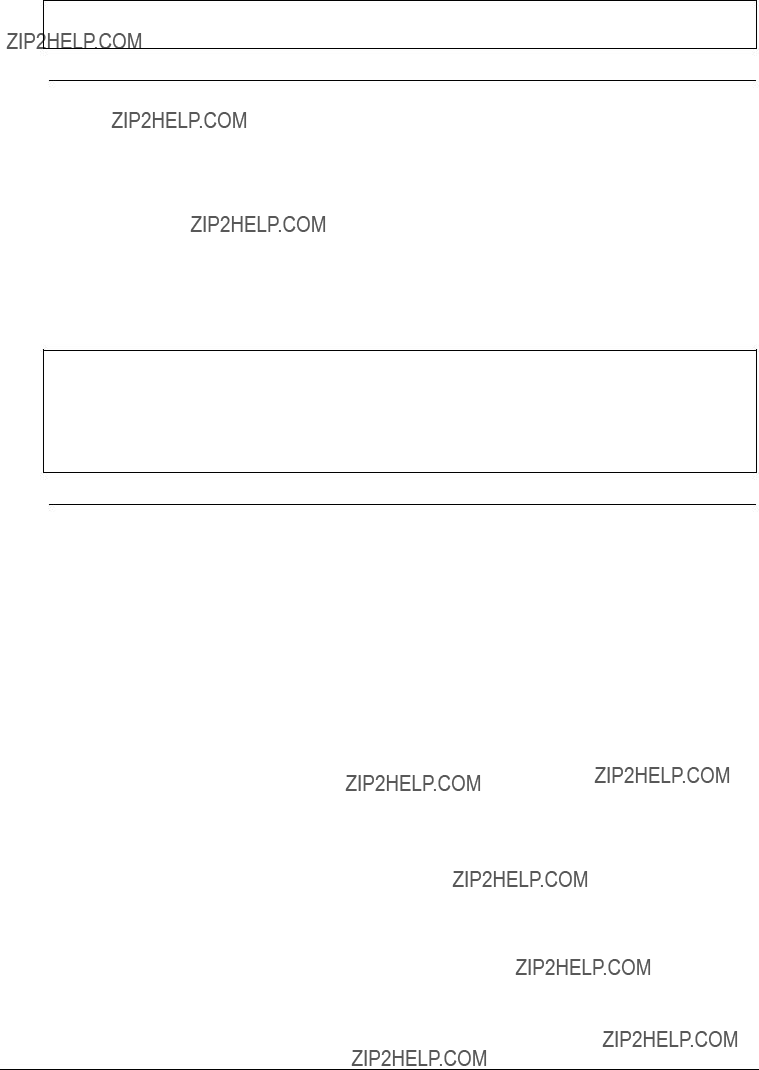
4.Connect the heatsink's cooling fan connector to the 2nd cooling fan connector (CPU 2 Fan) on the system board. See Figure
CAUTION Failure to connect the cooling fan to its power connector will cause the server to shut down with no messages displayed, possibly causing damage to the processor.
5.Close the side panel.
6.Replace the external cables and power cord.
7.Power up the server and return it to normal operation.
Removing a Processor and Heatsink
Use this procedure to remove a processor and its heatsink. The heatsink and cooling fan must be removed first, before removing the processor.
CAUTION Always wear a
Before you touch the processor to remove it, touch a grounded, unpainted metal surface on the HP Server to discharge static electricity.
1.Disconnect the cooling fan connector from its respective cooling fan connector on the system board.
2.Unhook the thumb latch on the heatsink and lift the heatsink up slightly from the processor.
3.Rotate the heatsink away from the processor toward the rear of the server, releasing the opposing latch.
4.Lift the heatsink away from the processor and out of the server.
5.Open the ZIF lever to allow removal of the processor. See Figure
6.Grasp the processor by its edges and lift it out of the socket and place it on a
If you are not replacing the processor with a new or replacement processor, you must install the terminator in the empty processor socket. See Figure
31

Firmware and Software Changes
This section deals with the firmware changes provided by the HP Server Navigator
Upgrading the Firmware
If your processor included a new HP Server Navigator
Reinstalling the NOS
You may need to reconfigure or reinstall your NOS in order to use the additional processor you have installed. If you have gone from a
Accessory Boards
The system board in the HP Server tc3100 provides six PCI slots (P1 through P6), with four
Tested PCI Boards
For a list of tested PCI boards, check for compatibility in Configuration Assistant on the Navigator
http:/www.hp.com
Click the support button and then click netservers. Under Support Categories, select compatibility.
All
For additional information, refer to the Readme file and Configuration Advisor on your HP Server Navigator
CAUTION Some accessory board outputs may exceed U.S. National Electrical code (NFPA 70) Class 2 or limited power source limits and must use appropriate interconnecting cabling in accordance with the National Electrical Code.
Remote Control Card
The HP Server tc3100 may use the HP Server remote management card in PCI slot 6 on the system board. This card supports HP TopTools software. An I2C connector is provided on the system board. For more information, see "HP TopTools," in Chapter 4, "Diagnostics."
Guidelines
The following sections provide guidelines for installing PCI accessory boards into the HP Server tc3100.
IRQ Settings
The HP Server uses the Plug and Play feature of the PCI board to automatically assign its resources.
32
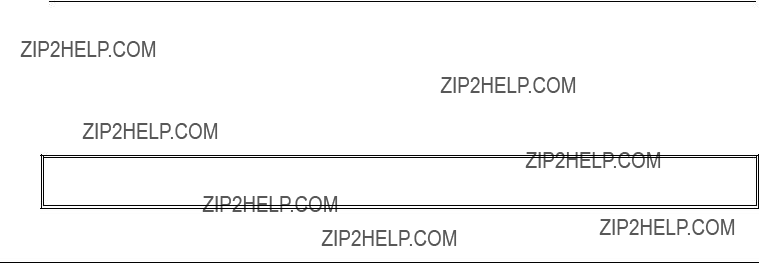
Boot Priority
The server's boot order should be considered when selecting a boot device. This is especially important if you are installing a board that requires a higher priority in the boot order. The board's boot priority is set by its slot location in the boot order.
By default the server searches for boot devices in this order:
1.IDE
2.Flexible disk drive
3.Embedded SCSI A channel (external SCSI Drives)
4.Embedded SCSI B channel (SCSI Devices)
5.PCI slot 6
6.PCI slot 5
7.PCI slot 4
8.PCI slot 3
9.PCI slot 2
10.PCI slot 1
11.Embedded LAN
Using the Primary or Secondary PCI Bus
The HP Server tc3100 has a Primary and Secondary PCI bus. The two busses are
Table
Installing a Disk Array Controller Board
Adding a disk array controller board provides additional fault tolerance to your internal or external mass storage devices. HP recommends installing the HP
Installing an Accessory Board
Use this procedure to install the accessory board.
1.If the server is operating, log off all users, back up files if necessary, and power down the server.
2.Disconnect the power cord and any external cables connected to the server. If necessary, label each one to expedite
WARNING The power supply will continue to provide standby current to the HP Server until the power cord is disconnected.
33

3.Read the documentation included with the accessory board and follow any special instructions. PCI boards must be set to INT A on the board if jumpers are provided.
4. Open the side panel.
CAUTION Wear a wrist strap and use a
5.Remove any cables attached to the accessory board. If necessary, label each one to expedite re- assembly.
6.Remove the IO locking bracket. See Figure
a.Lift the bracket up.
b.Rotate it toward you and slide out.
Figure
7. Identify the accessory slot number to be used. See Figure
34

8.Push the PCI slot cover from the rear of the chassis and slide it towards you to remove it. See Figure
Figure
9.If you are installing a long accessory board, open the PCI card guide retainer.
10.Align the new board carefully, slide it into position, and press it firmly into the connector.
35

11.Replace the IO retaining bracket and rotate it to close.
12.Close the PCI card guide retainer if open.
13.Close the side panel.
14.Replace the external cables and power cord.
15.Power up the server and return it to normal operation.
Once the HP server is returned to normal operation, you may need to install software drivers. The drivers for the new PCI board are either part of your existing server software or included on a flexible disk or
Removing an Accessory Board
Follow the steps in the preceding section, but instead of installing a card, remove the PCI card and replace the slot cover.
Racking the Server
Refer to the Server Rack Installation Guide for the information.
Connecting Peripheral Devices
This section provides the instructions for connecting the peripheral devices to the HP Server tc3100.
Monitor, Keyboard, and Mouse
1.Connect the monitor, keyboard, and mouse to the HP Server tc3100 using the connections provided on the rear of the chassis. See Figure
The two USB connectors are reserved for peripherals other than the keyboard or mouse.
If you have a console switch box, refer to the switch box user guide for instructions on connecting the keyboard, mouse, and monitor.
Figure
CAUTION The Keyboard and Mouse ports are both PS/2 ports, but are not interchangeable. If you plug the keyboard into the Mouse port or the mouse into the Keyboard port, you will get an error message and the system will not finish the boot process.
36

2.If a LAN cable is provided, you may connect it now or wait until you have verified the HP Server's operation.
Uninterruptible Power Supply (UPS)
1.If you have a UPS installed, turn it on.
2.Connect the serial cable between the UPS and the HP Server.
Refer to the user guide included with the UPS for additional information.
The HP Server tc3100 performs a diagnostic test when the power switch is turned on. If an error condition occurs, refer to Chapter 6, "Troubleshooting."
Configuring the HP Server tc3100
The following sections describe how to configure the HP Server tc3100 with the help of the HP Server Navigator
As you configure the server, it's important to have the very latest configuration information. The
http://www.hp.com
You should also be familiar with HP DiagTools (on the HP Server Navigator
HP Server Navigator
The HP Server Navigator
??????Setup mode: insert the Navigator
??????Resource mode: insert the Navigator
Contents of the HP Server Navigator
The Main Menu of the Navigator CD directs you to modules where you can perform the required configuration tasks, or access the utilities used in the configuration process. These tasks include:
??????Configuring the server hardware (Setup mode only)
??????Preparing the server for NOS installation (Setup mode only)
??????Viewing information about the server (such as Readme file, Configuration Advisories, Tested Products List)
??????Obtaining software and drivers for the server
Before the HP Navigator Main Menu is displayed initially, you may be prompted to set the language, time, and date and select a Network Operating System (NOS) to be used throughout the session.
If you have questions about how to use the Navigator CD, refer to the instructions provided with the Navigator CD or the Help menu.
37

Obtaining HP Server Navigator Release History
The release history (archive) of the HP Server Navigator
The following items are contained in the "What's On The CD" for each
??????Version number (HP Server model specific)
??????HP models supported
??????Release date
??????Document Number
??????Part number of the HP Navigator
??????Major changes to the HP Navigator
The "What's On The CD" for your specific HP Server Navigator
Accessing the HP Server Navigator
Use this method to start and access the HP Server Navigator
1.Ensure the HP Server is properly connected to the mouse, keyboard, monitor, and AC power, before attempting to power up the Server.
2.Press the
3.Press the
4.Place the HP Server Navigator
5.If the Navigator CD does not start automatically, turn the power off, wait 10 seconds, and turn the power on again.
If the Server fails to boot, follow the diagnostic instructions on the screen.
6.Go to the HP Navigator Main Menu.
For detailed information about using the Navigator
Viewing the Readme File
This file includes the most recent HP Server information that was not available at the time of publication for this Operations and Maintenance Guide. It is important to check this file before proceeding with the installation.
1.Start the HP Server Navigator
2.Go to the HP Navigator Main Menu.
3.Select Readme File.
The Readme file contains the latest information to help you install your HP Server. Read it carefully before beginning your installation.
38

BIOS Setup Utility
The HP Server (BIOS) Setup Utility is used to configure the following server options:
??????User Preferences
??????Security
??????Configuration
??????Exit
Accessing the Setup Utility
The (BIOS) Setup Utility menu offers the choices listed above, and the corresponding items are described in the topics below.
1.Turn on the monitor and the HP Server.
2.Start the Setup Utility by pressing the F2 key, when the following message appears on the boot screen.
Press <F2> to enter SETUP
Menu Bar
The Setup Utility provides a menu bar with several menu selections. The menu bar choices are:
??????User Preferences - Use this menu option to set the server time, date, and keyboard functions.
??????Security - Use this menu option to set
o
The Administrator password must be set before setting the User password or Network Server mode. Once the Administrator password is set, the Administrator can access and change all fields in the Setup Utility screens.
If the User password is set, the user may change the system time, date, user password, and a limited number of items in the various screens of the Setup Utility. The user may view all screens in the Setup Utility, but can't alter all of the settings.
Network Server Mode ??? When set, the system prompt for a password when booting from a flexible disk or
oHardware Security - Use the options to enable or disable writing to flexible disks connected to the embedded controller. Also found here are switches for allowing booting from the flexible drive, disk drive, and
??????Configuration - Use this menu option to configure I/O ports, I/O addressing, interrupts, PCI slot masters, IRQ interrupt locking, and boot device ordering. These menu selections also provide access to enable/disable the following items: the embedded USB, the
oIntegrated I/O Port - Configure ports for serial and parallel, assign base addresses and interrupts, pointing devices (mouse), and console redirection for remote control.
o Flexible Disk Drive - Enable or disable the flexible disk drive controller.
o Memory Cache - Enable or disable memory hole and enable or disable RAM to free address space.
oIDE Devices - Set primary master/slave, secondary master/slave relationships on IDE devices, and set the local bus IDE adapter.
o PCI Slot Devices - Set a PCI slot as master and PCI IRQ locking. The BIOS warns of conflicts.
39

o Boot Device Ordering - Set the boot order, including bootable boards.
oEmbedded LAN/USB Settings
??????Embedded LAN ??? Enable/Disable the embedded LAN.
??????Boot ROM ??? If enabled, the PXE boot ROM is loaded to allow the system to retrieve a boot image from another system on the network instead of booting from a local device. A boot image server must be running on the network.
??????Embedded USB A&B ??? Enable or disable the embedded LAN and its features.
o Processor Serial Number ??? This feature can be enabled or disabled in the Setup Utility.
??????Exit ??? Exit the Setup Utility by saving changes or exit without saving changes, which reverts to previous settings. When you exit, the HP Server reboots.
Using the Setup Screens
Online help explains the settings displayed on the Setup Utility screens. Instructions are also provided for navigating between the screens and entering or changing the setup data.
??????Press the
??????Press the
??????Certain fields ask you to choose from a list of entries. In such cases, press the plus (+) or minus
??????Small arrow points (???) precede some field names. This means the field is actually a submenu. To visit the submenu, select it with the arrow keys and press the Enter key. The submenu then appears in place of the current screen.
??????The Esc key is the exit key. If you press the Esc key on one of the
Changing the System Date and Time
Use this topic to change the HP Server's date and time and refer to the following procedure.
1.To reach the Setup Utility, boot or reboot the system and press F2 when prompted.
2.If necessary, use the
Once in the Setup Utility, the menu bar appears at the top of the screen with "User Preferences, Security, Configuration, and Exit" shown. The User Preferences menu is the default menu and should be the highlighted selection at the left of the menu bar when the Setup Utility first opens.
3.If necessary, use the
The "System Time" field is highlighted by default when the "User Preferences" menu is selected. This field actually consists of three
4.Type in the hour and press Enter to move to the minutes field.
5.Then type in the minutes and press Enter again to move to the seconds field.
6.Type in the seconds and press Enter, then use the arrow keys to leave this field.
40

7.Scroll to System Date field to enter the system date in the field.
The dates are entered in the "System Date" field in the same way as the time is entered in the "System Time" field. This field also has three separate
8.Type in the month and press Enter to move to the day field.
9.Then type in the day and press Enter again to move to the year field.
10.Type in the year and press Enter, and then use the arrow keys to leave this field. Ensure you enter all four digits for the year.
11.Use the
12.Choose Exit Saving Changes from the list of exit options, then press Enter. A dialog appears and asks you to confirm your decision.
13.Choose Yes and then press Enter.
The HP Server reboots and the date and time changes have been accepted.
Setting the HP Server's Boot Passwords
Use this topic to set a password to boot the HP Server. Further, you can have a separate administrator password and user password, but the user password is limited in access once booted.
To configure the HP Server for a password, which will require a password on
1.If not already in the Setup Utility, boot or reboot the system and press F2 when prompted.
2.Use the
As soon as it is selected, the selections for the Security menu appear as shown below.
The arrowhead ??? indicates there is a submenu to select from.
3.If necessary, use the arrow key to move to the
The first line in the menu is, "Administrator Password is [Set or Not Set]."
oIf no password has been set, then "Not Set" will appear in the field. If this is the case, then you are not allowed to set the User password until you set an Administrator password. With no password set you can still boot the server without a password.
The Administrator password controls access to the Setup Utility and its settings, but will not be in effect until you "Set" the password and reboot the server.
oIf "Set" is in the field, then you can change the Administrator password or scroll to the User password and change it. If you do not know the existing Administrator password, then refer to "Password Problems" in Chapter 6, "Troubleshooting."
41

4. Press the Enter key to enter a new password or change the old one.
A
5. Enter the password (new or old) in the appropriate field and press Enter.
After
8.If you only want a single password (Administrator), you may skip the "User Password is:" field and go to Step 10 to exit the utility and save changes.
9.If you want to enter a User password, use the arrow key to scroll to the "User Password is:" field and repeat Steps
10.If you have finished setting or changing passwords, press the Esc key to exit this menu.
11.Use the
12.Choose Exit Saving Changes from the list of exit options, and then press Enter. A dialog appears and asks you to confirm your decision.
13.Choose Yes and then press the Enter key.
The HP Server reboots and the password changes have been accepted. After the server reboots, you will be required to use your new password to enter the Setup Utility or complete the boot process. If you forget your password, refer to "Password Problems" in Chapter 6, "Troubleshooting."
14.To change one of the passwords at a later date, return to the Security menu and repeat Steps 2 through 7 above for one or both passwords.
Remote Console Feature
The HP Remote Console is built into the HP Server's BIOS and is NOS independent. This feature uses HP's
Enabling the Remote Console Feature
To enable the Remote Console feature of the HP Server tc3100, enter the BIOS Setup Utility as described previously, then do the following:
1.Select Configuration from the menu bar.
2.Select Integrated I/O Ports.
42
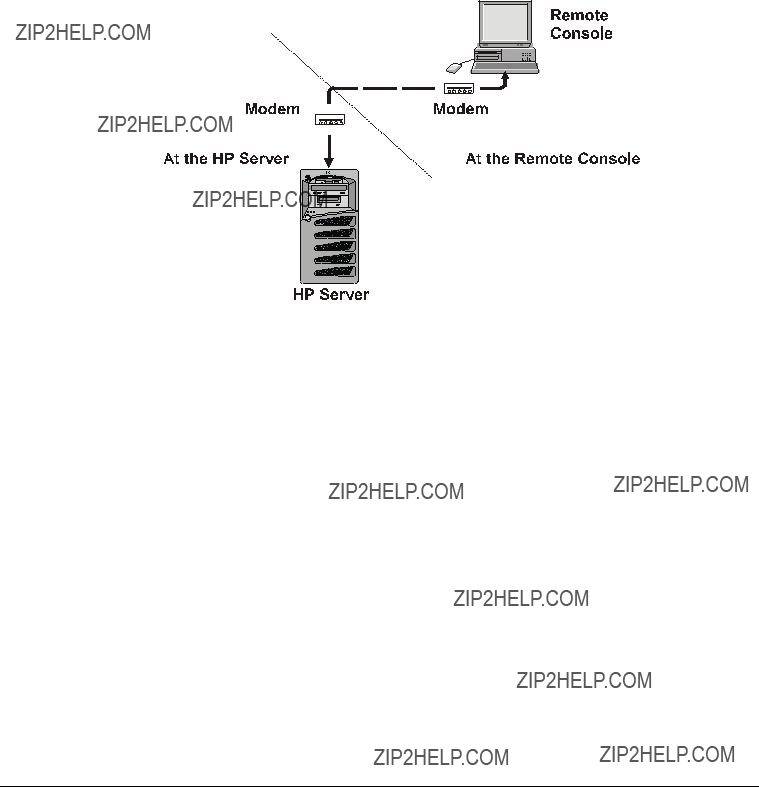
3.Select Serial Ports.
4.Select Console Redirection.
5.Set the Com Port Address to 3F8/IRQ 4 (Serial Port A).
6.Select a baud rate.
7.Select console type.
8.Select flow control.
9.Select modem for console connection.
10.Then, after setting up your server and a remote PC console with modems, you install your terminal emulation software (pcANYWHERE32 included with the server) on the remote console to establish a connection. For
About the Remote Console Feature
The following text and illustration show how HP's Remote Console is connected to the HP Server.
Figure
1.At the server ??? After using the Utility Partition Console Redirection feature to set the server to receive, the server may be taken over by the remote console.
2.At the Remote Console ??? Using a modem and pcANYWHERE32, the offsite remote console workstation may dial into and run diagnostic utilities on the HP Server.
Using the Remote Console feature, you can remotely access a customer's Server Utility Partition to:
??????Update the server BIOS.
This feature is particularly useful since it allows you to update a server's BIOS remotely.
??????Run HP server DiagTools.
This utility provides you with ways to test a server's hardware components, including system board function.
??????Remotely boot the server and view startup messages.
??????Set or reset server keyboard language.
In addition, your HP Server tc3100 includes pcANYWHERE32 communications software (by Symantec Inc.) to graphically redirect your Windows NT server console to a remote location. For
43

SCSI Configuration Utility
The HP Server uses the Symbios SCSI Configuration Utility to verify or modify the embedded SCSI controller settings for the devices connected to the two SCSI channel connectors on the system board. If you need to verify or modify SCSI controller settings, or if you need to
During the boot process the message "Symbios, Inc. PCI Boot ROM successfully loaded" will appear if there are devices connected to the SCSI controller. The SCSI controller can provide the bus, device, and channel configurations when active on screen.
To access the Symbios SCSI Configuration Utility, refer to the following instructions:
1.Reboot the HP Server.
If you are already in the boot process, you should see the following message appear.
Press Ctrl C to start Symbios Configuration Utility...
2.Press Ctrl+C keys to enter the utility.
3.Use the arrow keys to move the cursor, press Enter to select an option, and press Esc to exit.
4.To change SCSI controller settings:
a.Select an embedded SCSI controller or SCSI adapter from the list in the main menu and press Enter.
b.Select Adapter Setup.
This option configures the SCSI controller ID setting and other advanced controller settings.
5.To format a hard disk or change hard disk parameters:
a.Select an embedded SCSI controller or SCSI adapter from the list in the main menu and press Enter.
b.Select Device Selections and press Enter.
c.Select the hard disk to format and press Enter.
d.Select Format menu option and press Enter.
CAUTION
44

4 Diagnostics
When the server boots, a series of tests are displayed on the screen. The number of tests displayed depends on the configuration of the server. The following are the kinds of errors a user might get with the HP Server:
??????
??????BIOS and other error messages. These are errors detected by the system BIOS outside the
To see the Power On
??????The HP Server must be functionally able to run the diagnostics.
??????The video subsystem must be functional.
??????The keyboard must be functional.
The diagnostics
WARNING You should always turn off the power and disconnect the power cord to the server before opening the HP Server and touching the internal components. Failing to do so can expose you to electric shock and the server's components to damage. The power switch does NOT turn off standby power, so disconnect the power cord to turn off standby power.
There are two kinds of error messages that appear during the POST process and the causes of these messages may prevent the server from completing the boot process. These are:
??????Messages in reverse video (black text on white background).
Refer to the HP Server Navigator
??????
45
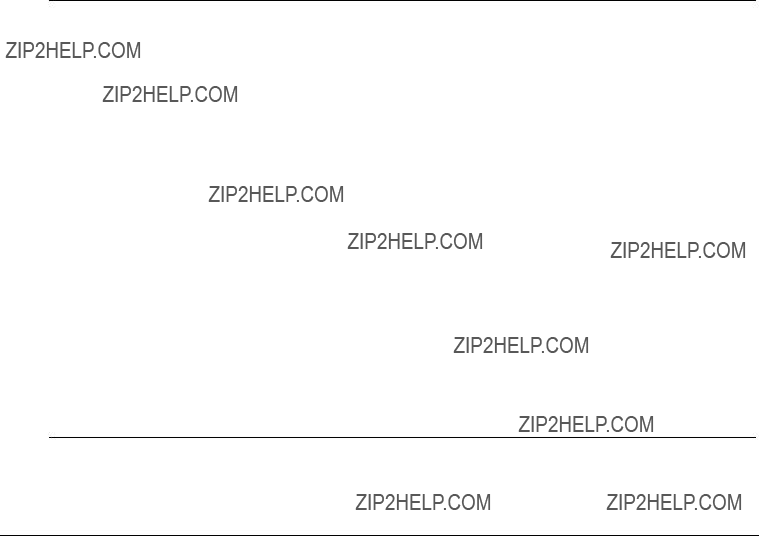
No Error Messages Displayed
General Checks:
1.All external cables and power cables are firmly plugged in.
2.The power outlet is working.
3.The server and monitor are turned on. (The
4.The display's contrast and brightness settings are correct.
5.All internal cables are properly connected and all boards firmly seated.
6.Verify the processor and its
7.Verify the Memory is installed correctly and fully seated.
8.Verify the slots and tabs are aligned in the DIMM connector.
After Installing an Accessory:
1.Turn off the monitor, the server, and any external devices.
2.Unplug all cables from the power outlet.
3.Open the side panel.
4.Check the following:
a.If you have installed an accessory board, verify the board is firmly seated in its slot and any switches or jumpers on the accessory board are properly set.
Refer to the documentation provided with the accessory board.
b.Check all internal cabling and connections.
c.If you have changed any switches on the system board, verify each one is properly set.
5.Close the side panel and connect all cables.
6.Turn on the monitor and server.
7.If the server still does not work:
a.Repeat steps 1, 2, and 3 of this section.
b.Remove all accessories, except the primary boot hard disk drive.
c.Close the side panel and connect all cables.
d.Turn on the monitor and the server.
e.If the server now works, replace the boards and accessories one at a time to determine which one is causing the problem.
POST Error Messages
If you get a POST text error message in reverse video, refer to the HP Server Navigator
If the server starts, but POST still reports an error message, clear the CMOS configuration, as described later in this chapter.
46

Table
Table
Clearing the CMOS Configuration
You may need to clear the CMOS configuration if the configuration has been corrupted, or if incorrect settings made in the Setup Utility have caused error messages to be unreadable.
To clear the configuration:
1.Turn off power to the server and open the side panel.
2.Move switch 4 in the configuration switch on the system board (labeled "Clear CMOS") to the ON position. See Figure
3.Turn on power to the server.
A message displays indicating the configuration has been cleared.
4.Turn off power to the server.
5.Return switch 4 on the system board to the OFF position.
6.Close the side panel.
47
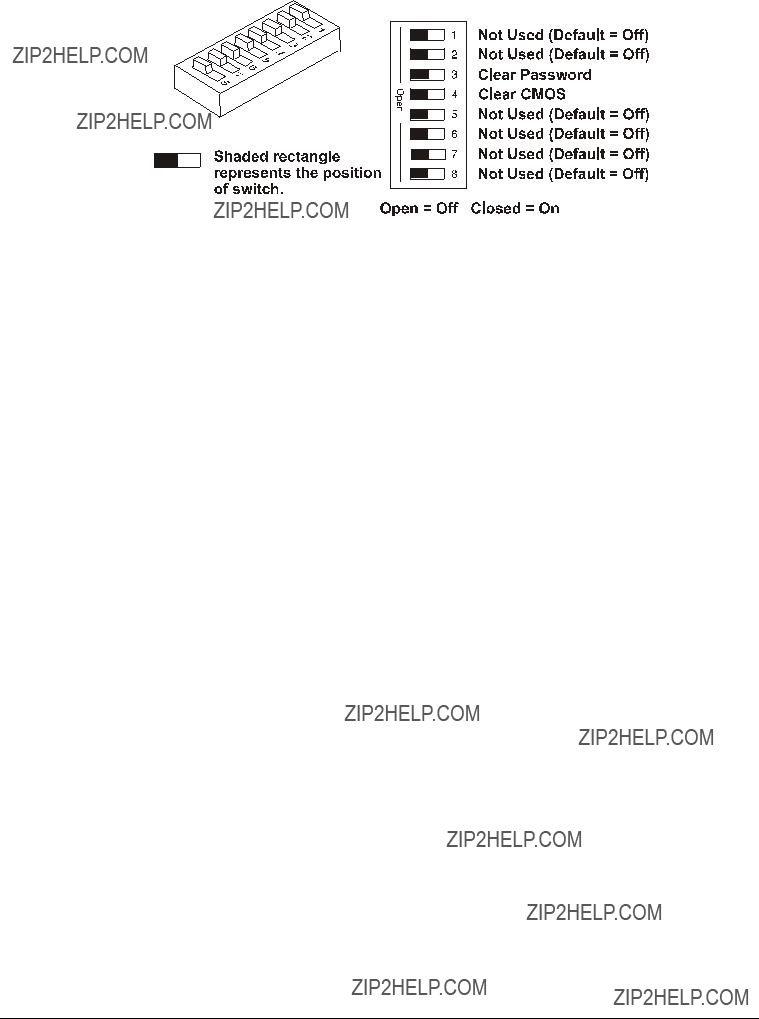
7.Turn on power to the server.
8.Press F2 to run the Setup Utility when <F2=Setup> appears.
9.Make any configuration changes required.
10.Choose the Exit option and save the changes to save the configuration and exit the Setup Utility.
Figure
HP Management Solutions
HP Management Solutions is a comprehensive suite of utilities, applications, and
??????Go to the Management Web site on the HP Web Site at: http://www.hp.com/toptools
to view information on HP TopTools and all management options for your HP Server.
The following management options, briefly described here, are available for the HP Server tc3100. Read the HP Server Management Reference Guide included with your server for more information. This guide covers TopTools and all server management utilities and options for the server.
??????HP TopTools Software ??? This is the HP
??????Integrated Remote Assistant ??? This is an embedded product called HP Integrated Remote Assistant (also referred to as Integrated RA). Integrated RA combines intelligent hardware and software to provide administrators with instant notification of HP Server operations and events.
??????LAN A Power On/Off and
48

HP Server DiagTools
The purpose of hardware diagnostic software is to provide tools for checking hardware problems. By design, diagnostic software executes simple tests of each hardware component. Usually, such tests assure that hardware is not the source of server problems. This allows the user to eliminate hardware as the cause of the problem and to focus on operating system configuration parameters, network connections, and application software configuration parameters as the source of the problem.
If hardware problems are confirmed, the diagnostic software program can sometimes detect and diagnose the subsystem or specific server component causing the problem. In addition, diagnostic tools can capture information that allows support personnel to quickly assess the condition of the server.
In order to be effective, diagnostic software tools must be used in the context of a wider troubleshooting procedure.
DiagTools for HP Servers is a set of offline diagnostic tests, including tests for system and processor components, memory and storage elements, ports, and input/output devices. DiagTools is supplied on the HP StartUp
The user prepares DiagTools software for use by transferring it to a diskette. Then the DiagTools diskette is used to boot the server. A basic suite of tools checks key server components, and a menu of advanced tests is available for
DiagTools has the ability to test the following components:
DiagTools is an offline diagnostic. Offline diagnostics do not use the main operating system (OS) of the HP Server. The alternate DiagTools OS has far fewer features than the
You can use DiagTools to perform the tasks listed below:
??????display a
??????save and print a detailed inventory of hardware components
??????conduct a basic test of components listed in the server inventory
??????display "PASSED" or "FAILED" overall results of basic tests
??????record detailed test results of basic server tests
??????display a menu of advanced tests
??????select and run one or a series of advanced tests
??????add the record of results of advanced tests to the record of basic tests
??????view a list to locate the meaning of a specific error code
??????view one or more steps to help confirm and isolate error conditions
??????browse the Support Ticket, which contains the detailed inventories and test results
??????add comments to the Support Ticket
49

About Error Messages
A hexadecimal number designates each error message reported by DiagTools; a short note on the type of error; and a list of one or more steps the user can take in response. When you run a test, it exercises many aspects of the hardware, so the number of possible error messages exceeds 300. Most of these are encountered rarely, if ever.
Error codes can be viewed on line from the DiagTools User menu within the advanced series of tests, or you can refer to the HP Server DiagTools Error Reference and User Guide.
Advantages and Limitations of Hardware Diagnostics
Offline diagnostic software is useful in making sure that hardware has been eliminated as the cause for possible server problems. Such diagnostic tools can easily be shipped with a server, and they are relatively easy to use.
Only experienced personnel knowledgeable of its limitations should use offline diagnostic software. Some limitations are:
??????booting the server from the diagnostics diskette
??????no access to operating system error logs, since the OS is not operating at the same time as the diagnostic tools
??????limited ability to test only a single component at a time
??????inability to indicate problems with wrongly configured servers or the network
HP TopTools
HP TopTools is the
TopTools is included with every HP Server and should be installed to help your service provider troubleshoot your HP Server. TopTools is located on the HP TopTools
For sites with a
??????See the HP Server Management Reference Guide for detailed installation instructions.
??????You can also download the TopTools software and documentation from the TopTools Web Site at:
http://www.hp.com/toptools
Some of the features of TopTools include:
??????Notification of problems with key hardware components, including memory, disk drives, SCSI controllers, and NICs
??????Unified event log to review a complete history of server activity in one place
??????Predictive disk problem warning backed by HP's
??????Disk capacity threshold alert and usage tracking
??????View of critical server inventory information, such as the BIOS version, driver and firmware versions, PCI slot contents, and serial and parallel ports
50

??????Easy linkage with leading management platforms, including HP OpenView Network Node Manager and Computer Associates' Unicenter TNG and Tivoli products
??????HP TopTools AutoAlert provides proactive warning of problems and advice on quick resolution through a friendly "traffic light" user interface
??????Support for DMI 2.0, which provides the same Desktop Management Interface inventory information for servers as for desktop PCs
51
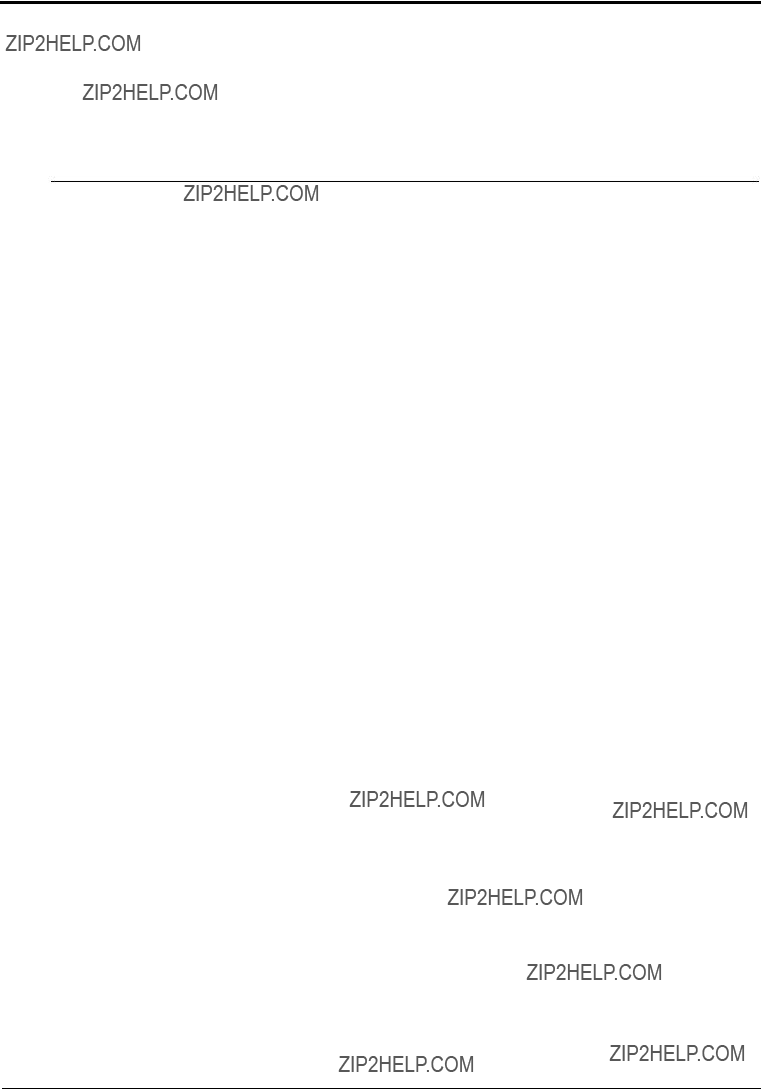
5 Error Messages
Error messages (POST Codes) are encountered if an error condition occurs during the boot process of the HP Server tc3100. All codes and their respective descriptions are listed in the following table; all the codes may not apply to your server.
These codes will appear on the display monitor, provided it and the supporting circuitry are functioning.
53
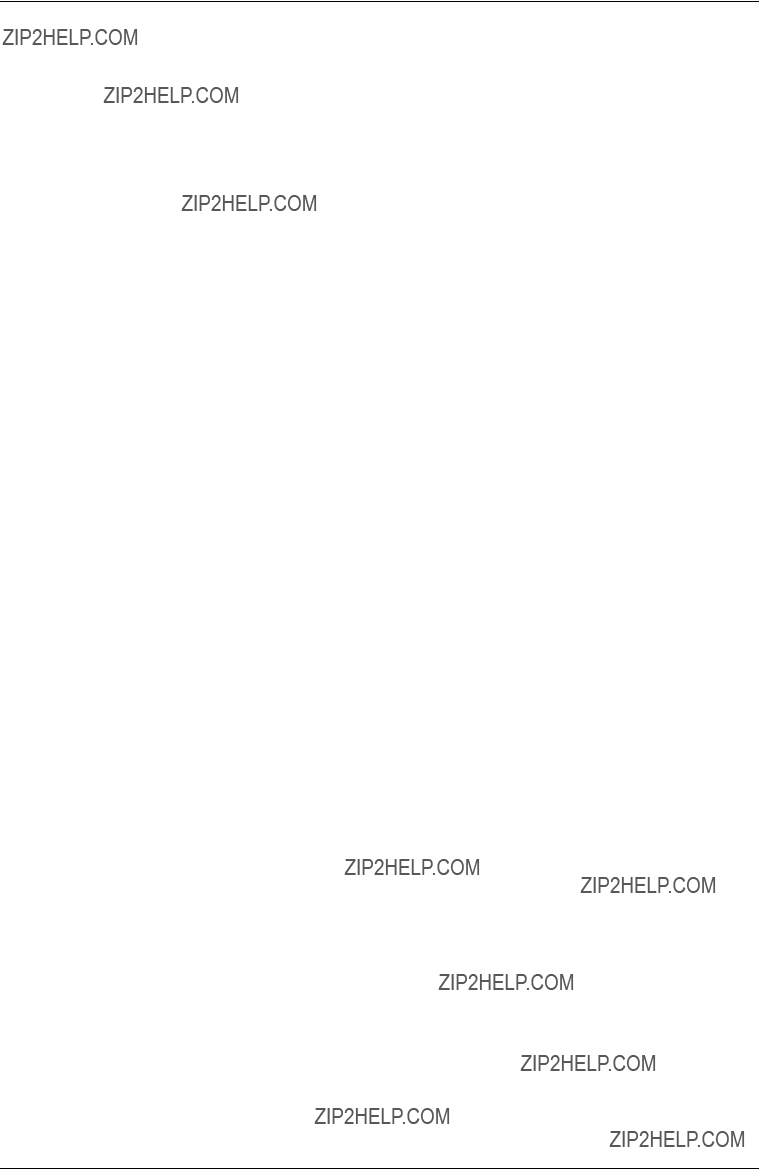
Chapter 5Error Messages
54

Chapter 5Error Messages
55

Chapter 5Error Messages
56

Chapter 5Error Messages
57

Chapter 5Error Messages
58
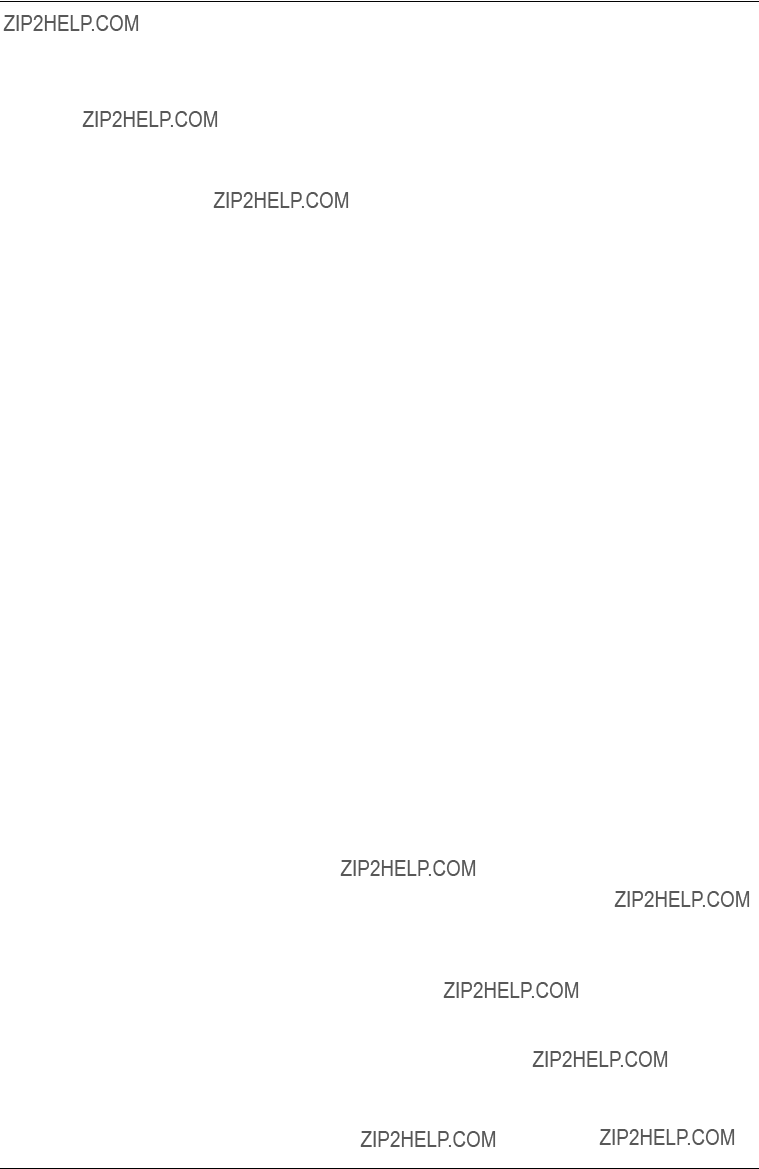
Chapter 5Error Messages
59

Chapter 5Error Messages
60

Chapter 5Error Messages
61

Chapter 5Error Messages
Beep Codes
If the POST routines cannot display messages when an error occurs before the video display is initialized, the server emits a series of beeps. This means that if on boot you get a blank screen, but hear beeps, you should refer to Table
Beep Codes for Fatal Errors
P = Check and replace processor module
S = Check and replace system board
M = Check and replace memory modules
Table
* xxxx indicates the address line or bits that failed.
If you still don't see anything and:
1.If you press F1 and nothing happens, confirm the following:
a.The keyboard cable is properly connected to the keyboard and the keyboard port.
b.The keyboard is not locked, and network server mode is not enabled. (If either the keyboard lock or network server mode was enabled in the Setup Utility, type in the password.)
2.If the server beeps several times and does not display an error message, the server has experienced a fatal POST error. If this happens, turn off the system, unplug the power cords, and do the following:
a.Remove and reinsert all server PCAs and accessory boards firmly in their slots.
b.Remove and reinsert the CPUs firmly in their sockets in the system board.
c.Remove and reinsert the memory modules firmly and correctly in their sockets.
62
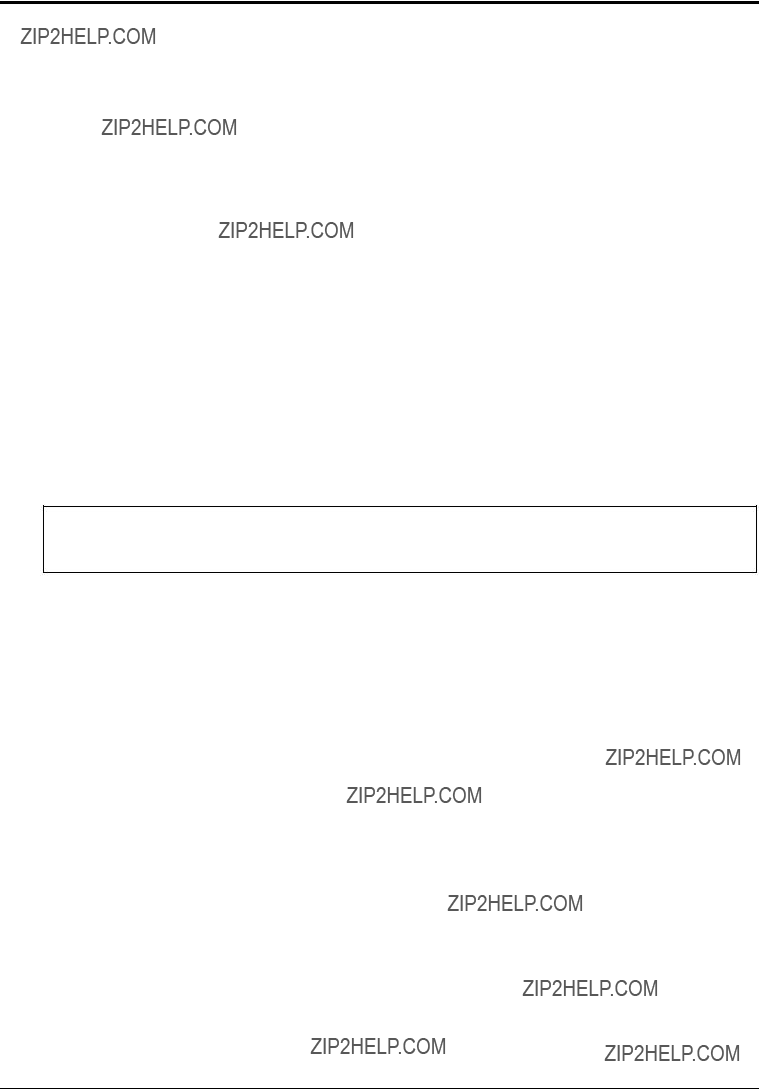
6 Troubleshooting
Preventive Maintenance Procedures
Refer to the following table for preventive maintenance procedures used for the HP Tower Server tc3100. Be sure to turn off power to the server when cleaning it.
Preventative Maintenance Procedures
CAUTION Do NOT use
HP recommends the periodic cleaning of tape drive heads, capstans, and guides on the HP tape drive units and those products using
Troubleshooting Tools
If you are having problems installing your HP Server, there are a number of tools available for troubleshooting.
The HP Server Online Documentation
??????Troubleshooting Information
??????Parts Information
??????List of Error Messages
??????List of Beep Code Error Messages
HP Server Navigator
??????Diskette Library - A collection of diskette images representing drivers, utilities, and BIOS updates, which enables you to conveniently generate any flexible disk available on the HP Server Navigator CD- ROM.
63

??????HP DiagTools Utility - An
??????The Startup
Got to HP???s web site at www.hp.com to access the most comprehensive support material.
??????Latest support news ??? Product and support information on HP Servers.
??????Drivers and software downloads for HP Servers.
??????HP Instant Support ??? Fast,
??????
??????Technical information ??? Data sheets, application notes, configuration guides, installation tips, product papers, reference material and more.
??????Compatibility Information ??? HP Accessories, OS/NOS, HP and
??????Manuals ??? Easy installation and configuration manuals for the HP Server.
??????Parts and Service ??? Information on replacement parts, exploded views, and configuration.
??????Tape backup support ??? Support for HP???s SureStore Tape Backup products.
Other Support Information
??????HP Server Registration
??????Training Programs ??? HP STAR worldwide training and certification program.
??????Warranty and enhanced services ??? Your guide to services for your HP Server.
??????Proactive Notification ??? HP will email your customer information when it is available.
??????Contacts ??? How to get help or provide feedback.
If you need assistance, HP recommends contacting your reseller or going to the HP website first. Refer to the topics listed above. If you need immediate telephone assistance, contact the HP Customer Support Center by referring to the list of telephone numbers in the HP Server Warranty and Service/Support booklet provided with the HP Server.
Troubleshooting
WARNING Before removing a cover, always disconnect the AC power cords. Disconnect them to avoid exposure to high energy levels that may cause burns when parts are
WARNING Do NOT operate the HP Server for more than 10 minutes with any cover (including power supplies and disk drives) removed. Otherwise, damage to system components may result due to improper cooling airflow. However, you can safely remove a cover while the HP Server is running to remove and replace PCI
64

??????For problems with the disk array controller board, refer to the appropriate HP NetRAID manual.
??????For problems with the HP Instant Toptools, refer to the HP Instant Toptools Administrator Guide on the HP website at:
www.hp.com/toptools
?????? For general information on HP Server products, refer to:
www.hp.com and search for the specific product. These instructions do not generally cover
CAUTION Always wear an antistatic wrist guard when working inside the HP Server.
??????Ensure the HP Server is properly configured. Many HP Server problems are the result of incorrect system and SCSI subsystem configuration settings.
??????Check the system BIOS Setup Utility by pressing F2 during the boot process.
??????Check the SCSI configuration or the disk array configuration by entering the controller???s setup utility.
??????Boot to the HP Server Navigator CD or Startup CD for access to configuration tools to help setup the HP Server.
??????If it is a
??????If it is a hardware error, follow the instructions to log users off the LAN and power down the HP Server. Reboot and watch for any POST error messages and listen for any beep codes as the HP Server goes through POST then look up the error message in Chapter 5 of this Service manual. If the HP Server passes POST, the HP DiagTools Utility can be used to further test the hardware.
??????Use HP DiagTools Utility whenever possible to detect hardware problems. Insert the HP Startup CD- ROM into the
Besides HP Server DiagTools, use the standard set of tools recommended for troubleshooting:
??????HP Server Assistant (NSA): This is a customizable software toolset that helps monitor and manage HP Servers over the network from and HP OpenView console. The NSA software has a server part and a management console, or client part.
??????Toptools: HP Instant Toptools provides a set of
Troubleshooting Checklist
1.Verify the error. Make sure it is not an erroneous error message. Is the error repeatable? Is the error message seen affecting the HP Server???s operation or performance?
2.Always change only one component at a time.
3.Always check the most recently added items added, both hardware and software. Remove any third- party components.
4.Make sure the HP Server BIOS is updated to the latest version posted to HP???s external website. Flashing/updating the system BIOS and clearing CMOS will resolve many different issues.
5.Make sure the firmware for the hard drives are kept current. Download and run the Hard Disk Drive Firmware Utility to verify if hard drive firmwares need to be updated. This utility is available from HP???s external website.
6.Make sure all firmware/BIOS revisions on any controllers are kept current.
65

7.Use only
8.Check all cable and power connections, including those in the rack. If the HP Server is not powering on, unplug the AC power cords and wait 20 seconds then plug the AC power cords in again and restart the HP Server. Check for normal operation.
9.Verify that all cables and boards are securely plugged into their appropriate connectors and slots.
If the problem still persists:
10.Simplify the HP Server???s configuration. The minimum required: o Monitor
o Keyboard o Mouse
o 1 hard drive (may need to disconnect for hardware troubleshooting)
o
11.Reconnect the power cords and power on the HP Server. If operational, power back down and reinstall one component at a time and power on the HP Server after the installation of each component to try and determine which component is causing the problem.
If the problem persists, call the HP Customer Support Center for further troubleshooting assistance.
BIOS Reset/Update/Recovery
Should you experience compatibility or stability issues with the HP Server, HP recommends starting the troubleshooting by first updating the system BIOS, which may fix the current problem. If the BIOS has become corrupt, it is possible to perform a BIOS reset, recovery, or update to correct the condition. A BIOS update/recovery diskette is created when the most current BIOS is downloaded from the HP Web site to be used in flashing the BIOS on the server. To perform a reset, an update, or a BIOS recovery, perform one of the following procedures.
BIOS Reset
If the HP Server needs the BIOS settings set to the factory defaults (the HP recommended values) due to possible corruption, perform the following steps. The default values have been selected to optimize the HP Server???s performance.
1.Reboot the HP Server in a normal manner and press <F2> to enter the BIOS Setup Utility.
2.Press <F9> to load default values.
3.Press <F10> to save changes and exit the BIOS Setup Utility.
BIOS Update/Recovery
Use this procedure to update the HP Server system BIOS with the latest BIOS version. HP regularly posts a new version of the HP Server BIOS on the website to improve the HP Server???s performance.
1.Provide a blank, formatted 3 ??" floppy disk.
2.Insert this diskette to any Windows PC with HTML browser and a connection to the Internet. http://www.hp.com
66
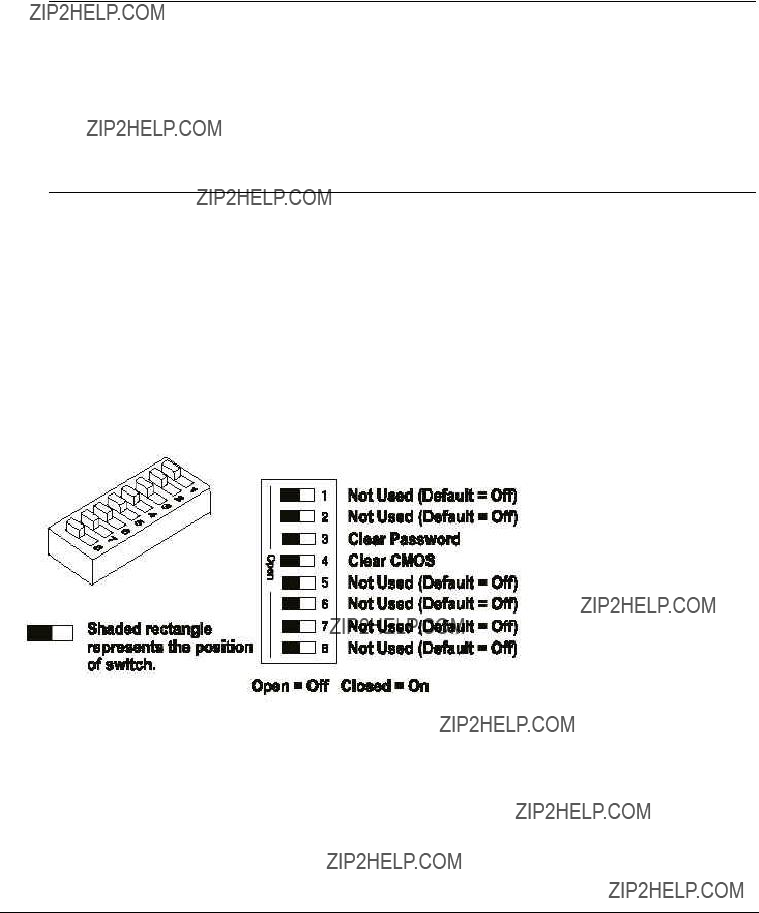
3.Locate and download the latest HP Server BIOS to the PC???s hard drive. Find the file that was downloaded and
4.Boot the HP Server with the BIOS update diskette in the flexible disk drive. The BIOS Utility Update program will start and you will be prompted to update the system BIOS.
5.After the BIOS update is complete, remove the BIOS update diskette and then reboot the HP Server.
6.Press <F2> to enter the BIOS Setup Utility and make the necessary changes needed in the BIOS Setup Utility, press <F10> to save the changes and exit the utility.
7.Label, date, and save this flexible diskette for use as a BIOS Recovery diskette.
Clearing the BIOS Configuration
You may need to clear the BIOS (CMOS) configuration if the configuration has become corrupt or if incorrect settings made in the Setup Utility have caused error messages to be unreadable.
To clear the configuration:
1.Turn off power to the HP server and open the side panel.
2.Move switch 4 in the configuration switch on the system board (labeled "Clear CMOS") to the ON position.
Configuration Switch Settings
3.Turn on the power to the HP server. A message displays indicating the configuration has been cleared.
4.Turn off power to the HP Server.
5.Return switch 4 on the system board to the OFF position.
6.Close the side panel.
7.Turn on the power to the HP server and the following message displays:
67

o Incorrect System Configuration
8.Press F2 to run the BIOS Setup Utility.
9.Make any configuration changes required.
10.Choose the Exit option and save the changes to save the configuration and exit the Setup Utility.
Password Problems
The only way to resolve the issue of a forgotten Supervisor password is to clear the password by using the appropriate dipswitch on the system board. Refer to the previous section for location of the password dipswitch. ..
Supervisor Password
1.Power off the HP Server. Remove the covers and locate the password dipswitch and move to the opposite position.
2.Power on the HP Server. When the memory count appears on the screen, power off the HP Server.
3.Move the password dipswitch back to the original position.
4.Power on the HP Server. The system BIOS Setup Utility will allow access to it now without having to enter any password.
5.A new Supervisor password can now be set from the system BIOS Setup Utility.
User Password
If you need to reset the User password and you know the Administrator password, perform the following steps:
1.Restart the HP Server.
2.During the boot process, press F2 to start the system BIOS Setup Utility.
3.Enter the Administrator password and once in the Setup Utility, go to the Security menu.
4.Scroll to the User Password field, and press ENTER on SET USER PASSWORD.
5.Enter the Administrator password as the old/current password and press ENTER.
6.Enter the new User password and press ENTER.
7.Reconfirm the new User password and press ENTER. This sets a new User password.
8.Exit out of the Setup Utility and save the changes to save the new password.
???Operating System Not Found??? Message Appears
At the end of POST, if the HP Server states ???Operating System Not Found???, check the following:
1.Check for a
2.Check for a tape in the tape drive. If found, remove the tape cartridge from the drive.
3.Power on the HP Server. If the message still appears, reboot the HP Server and when prompted, enter the system BIOS Setup Utility and check that the device boot order is correct.
68
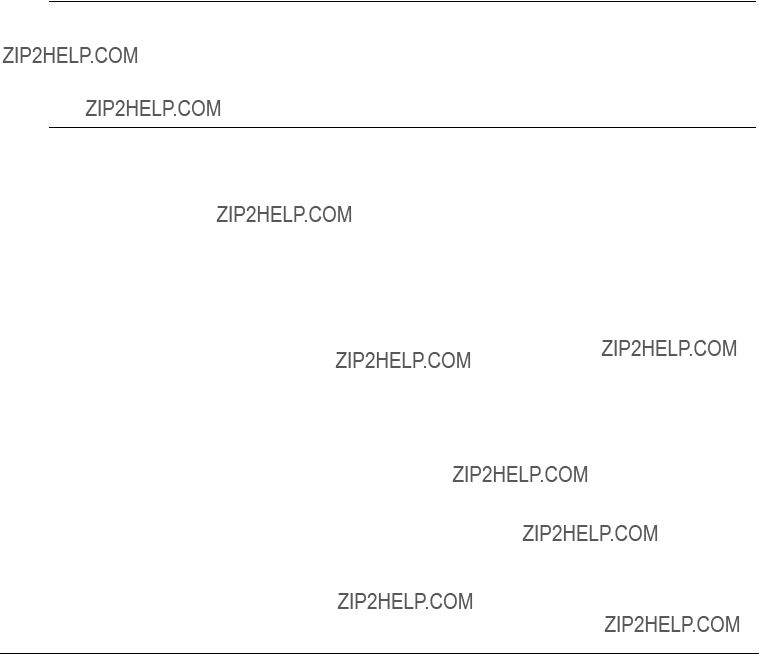
4.If a disk array controller is being used and the NOS is installed on a hardware array/container, verify that the array/container is in an optimal state by accessing and checking the disk array controller???s setup utility during startup.
5.Boot to a DOS boot disk and check the partitions to make sure the primary partition is active.
If the problem persists, contact the HP Customer Support Center for further troubleshooting assistance.
Server Stops or Hangs While Starting Up
Typically, if the HP Server hangs before the end of POST completes, the problem is possibly a hardware problem or failure. If the HP Server hangs after POST completes, the problem is possibly due to an incorrectly configured or corrupt driver, operating system, application program, or a media (disk drive) error.
If the HP Server stops working or hangs starting up:
1.Review the Troubleshooting Checklist at the beginning of the chapter before continuing.
2.Try to verify exactly where the HP Server is stopping during POST. For example: is the HP Server stopping at the memory count or on a SCSI controller? Look for any error messages and listen for any beep codes and make note of them for further assistance in troubleshooting the problem.
3.If the failure persists, verify there is not a hardware problem by running HP DiagTools.
If the problem persists, contact the HP Customer Support Center for further troubleshooting assistance.
Power Problems
1.Verify the HP Server???s power cord is plugged in to a known good power source.
2.Is the On/Off/Sleep LED on the front of the HP Server tc3100 a steady green, which indicts it is getting power?
3.Remove the HP Server form any UPS or PDU and connect the HP Server directly to a power source.
4.Verify the AC power source is good:
a.Verify the circuit breaker for the AC power outlet.
b.If the breaker was off, verify all devices connected to the HP Server share the same circuit breaker and are the only devices on it.
c.Reset the circuit breaker after reconfiguring the devices if needed.
d.Verify the AC power outlet is not faulty by plugging in a known good device.
69
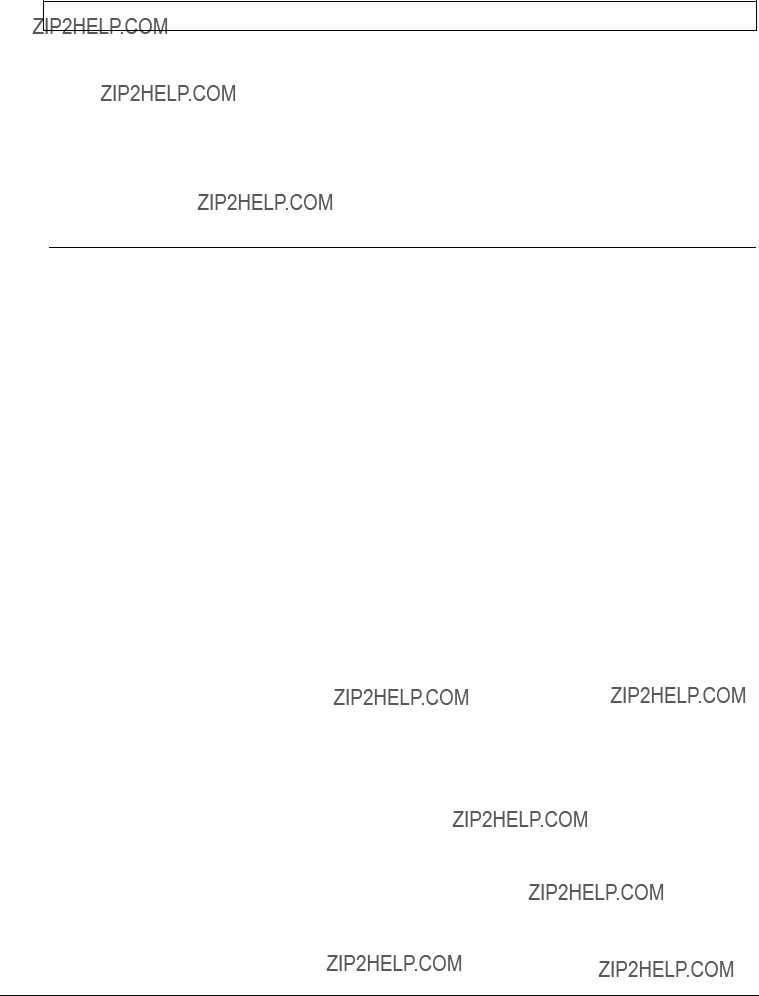
e.Verify the DC power supply cable connected to the system board.
4.If the fans (system, power supply, and processor heat sink) are not audible and the above steps are verified:
a.Disconnect the power cord/s for five minutes in order to reset the power supply???s circuitry.
b.With the power cord/s disconnected, remove the HP Server cover.
CAUTION Always wear an
c.Remove all the accessory boards, including any hard disk drive controller board or video board. Disconnect all mass storage power cords and cables.
d.Plug the power cord/s back in and turn on the HP Server.
e.If power is still not getting to the HP Server, the power supply may be faulty.
Contact the HP Customer Support Center for further assistance before replacing any parts.
Video/Monitor Problems
70
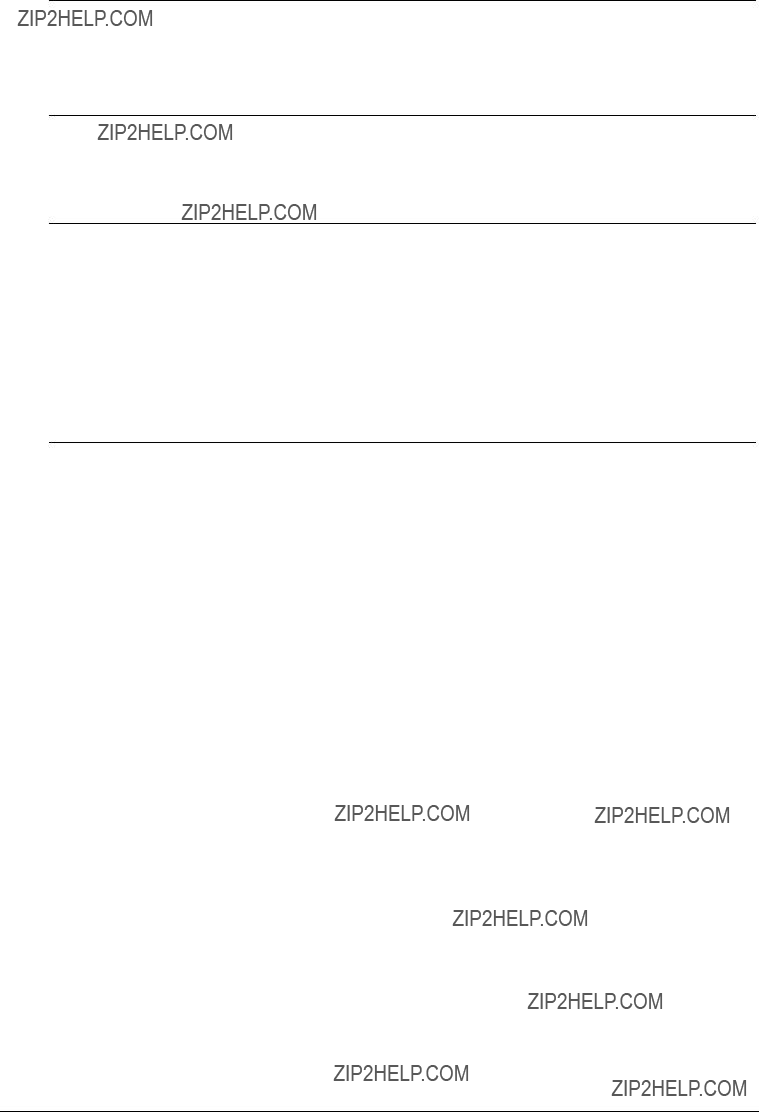
A blinking green power LED indicates the HP Server tc3100 is in a sleep mode.
These are basic guidelines for troubleshooting video issues. They are arranged in such an order as to be used progressively. The HP Server should not be
1.Test the monitor on another machine to verify the monitor is not faulty.
2.Disconnect the HP Server from any console switch box during troubleshooting. Connect a known good monitor, keyboard, and mouse to the HP Server to troubleshoot.
3.Verify that the AC power source is good. If suspect, try another power source.
If there is still no video:
4.Power off the HP Server and unplug from the power source and remove the covers.
5.Locate and toggle the ???CLEAR CONFIG??? switch to the ???ON??? position.
6.At the same time, check the processor speed switches to verify that they are set correctly.
7.Plug the HP Server into a power source and power on the HP Server. Quite often, just toggling the ???CLEAR CONFIG??? switch will restore video.
If there is still no video:
8.Power off the HP Server and unplug form the power source.
9.Remove all PCI controller cards.
10.Disconnect power and SCSI connections from tape drives and hard drives.
11.Disconnect IDE and flexible disk drive cables.
12.Take the HP Server down to base memory (1 DIMM) and reseat that DIMM.
13.Plug the HP Server into a known good power source and power on the HP Server.
14.If video returns, reinstall the removed components one at a time back into the HP Server. One of the removed components may have been causing the no video problem.
15.After all the components are reinstalled, reset the HP Server???s BIOS configuration switch back to the appropriate setting.
If the problem persists, contact the HP Customer Support Center for further troubleshooting assistance before replacing any parts.
71
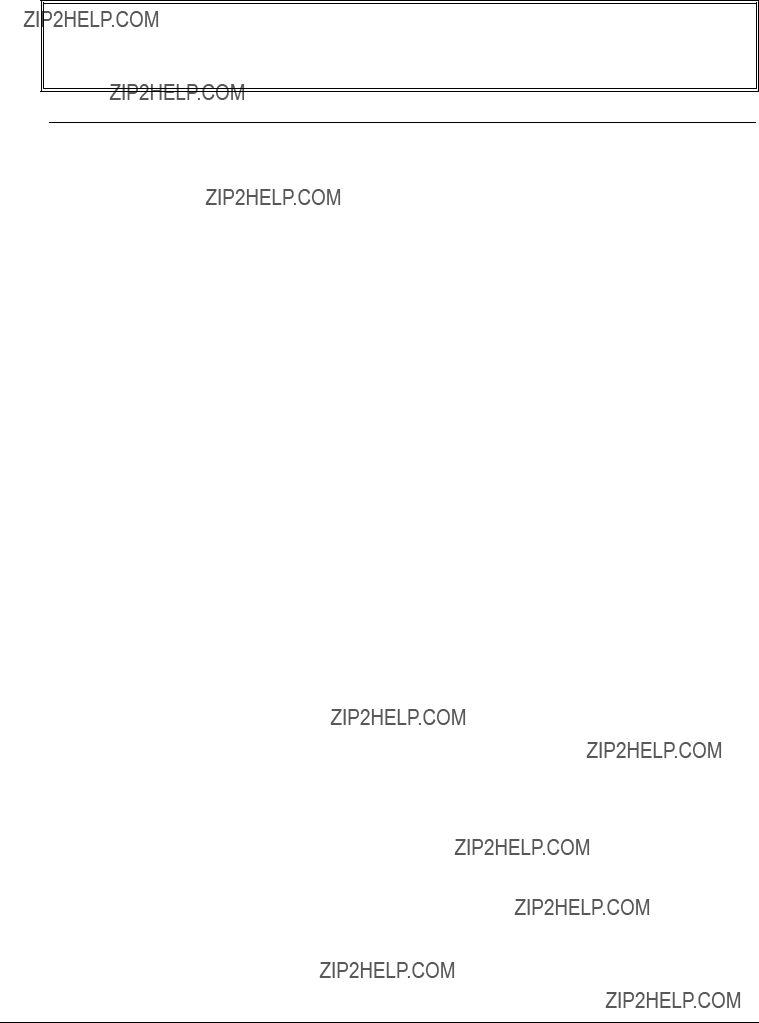
Configuration Problems
The Configuration Cannot Be Saved and the Battery Loses Power or the Configuration Information is Frequently Lost
WARNING There is a danger of explosion if the battery is incorrectly installed. For your safety, never attempt to recharge, disassemble, or burn the old battery. Replace only with the same or equivalent type recommended by the manufacturer. Dispose of used batteries according to the manufacturer's instructions.
1.If the HP Server frequently loses the time and date, clear the CMOS and flash the system BIOS to the latest revision. See the previous section in this chapter for Clearing the BIOS configuration and updating the system BIOS.
o After performing the BIOS flash, on reboot, enter the BIOS Setup Utility (<F2> during POST when prompted) and set the date and time.
o Exit out of the BIOS Setup Utility making sure to save changes before exiting. o See if this resolves the issue.
2.If this does not resolve the issue, boot to the Navigator CD and set the date and time from the appropriate menu. See if this resolves the issue.
3.If this does not resolve the issue, replace the CMOS battery. The battery is attached to the system board. o Turn off AC power to the HP Server.
o Unplug the HP Server???s power cords from the power source.
o Remove the covers and locate the CMOS battery on the system board and replace the battery.
o Power on the HP Server, and set the date and time from the BIOS Setup Utility (<F2> during POST when prompted).
o Exit out of the BIOS Setup Utility, making sure to save changes before exiting.
On reboot, see if the issue is resolved with the good battery in the HP Server. If this still does not resolve the issue, please contact the HP Customer Support Center for further troubleshooting assistance before replacing any parts.
Printer Problems
If the printer does not work, do the following:
1.Verify that the AC power cord is plugged into the power source and the printer.
2.Ensure the printer power switch is ON and the AC outlet is working.
3.If the printer is plugged into a
4.Ensure the printer is online and available for printing.
5.Verify the correct cables are being used and that the cables are connected properly. Make sure the cable pins are not bent.
6.Try a known good cable.
7.If the printer???s parallel date cable is plugged into the HP Server after the server is on, reboot the HP Server.
72
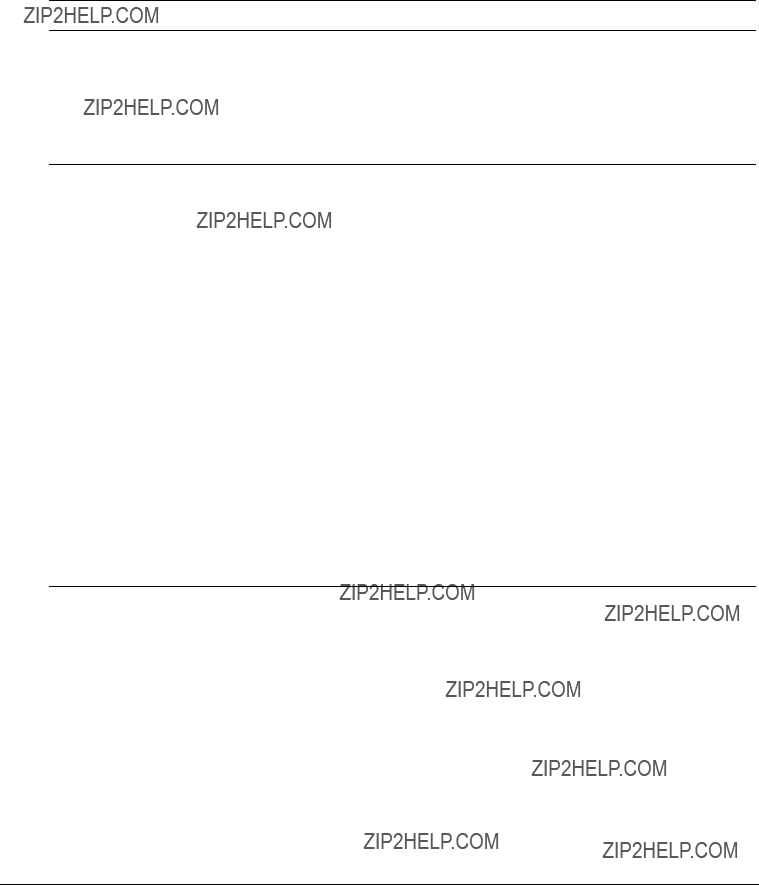
8.Examine the printer for a paper jam.
9.Run the printer
10.Ensure the correct port setting when configuring the printer.
11.Run the system BIOS Setup Utility (<F2> on POST when prompted) to verify the I/O port status. Make sure it is not disabled.)
12.Test another peripheral from the HP Server???s parallel port to ensure functionality.
If the printer still does not work, contact the HP Customer Support Center for further assistance.
The Keyboard Does Not Work
NOTE Use only an
If the keyboard does not work or a character is not displayed when a key is pressed:
1.Ensure that the keyboard is not locked, if the HP Server has this feature.
2.Ensure that the keyboard cable connections at the rear of the HP Server and at the back of the keyboard are secure.
3.If the KVM switchbox is used with this HP Server, remove the keyboard and plug the keyboard directly into the keyboard port of the HP Server.
4.Try replacing the keyboard with a known good keyboard, and then reboot the HP Server.
5.If there is a keyboard extender cable, make sure the connection is secure or remove the extender and plug the keyboard directly into the HP Server.
If the problem persists, contact the HP Customer Support Center for more troubleshooting steps before replacing any parts.
The Mouse Does Not Work
The HP Server automatically detects a mouse when one is installed. If the mouse or other input device is not working, check the following:
1.Verify that the mouse cable is properly and securely connected to the HP Server or KVM switch box.
2.If a KVM switch box is used with this HP Server, remove the mouse and plug the mouse directly into the mouse port on the HP Server.
3.Ensure that the mouse port does not have a resource conflict with another device. Use the system BIOS Setup Utility (F2) to check.
4.Ensure that the correct mouse driver has been installed onto the boot drive. Refer to the mouse installation manual or the operating system manual.
5.Replace the mouse with a known good mouse.
If the problem persists, the system board may need to be replaced. Contact the HP Customer Support Center for further troubleshooting assistance before replacing any parts.
73
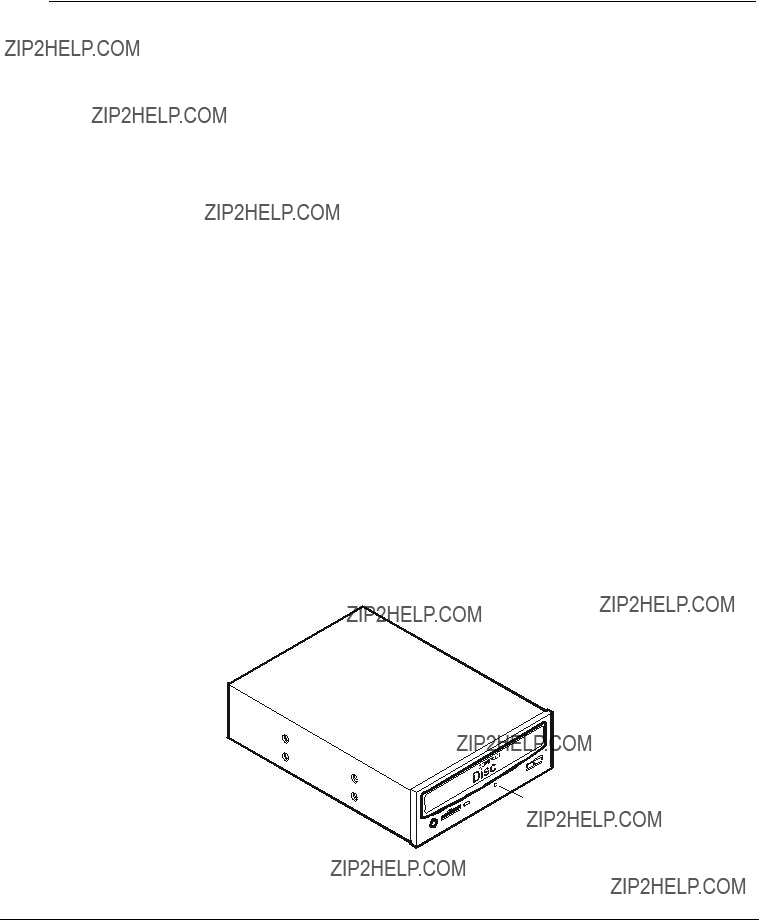
Flexible Disk and Flexible Disk Drive Problems
If the HP Server cannot boot from, write to, or format a flexible disk, do the following:
1.Try booting from a known good flexible disk.
2.If there is a bootable CD in the
3.Select the system BIOS Setup Utility (<F2> on POST when prompted) and verify the mass storage configuration is correct.
4.Ensure the disk is not
5.Ensure that the disk drive is trying to be accessed. Look for an activity light on the drive.
6.Try another flexible disk.
7.Boot to the HP Navigator CD and try creating a disk form the Diskette Library. This will eliminate the NOS causing the problem since the Navigator is only using DOS.
Flexible Disk Drive Problems
1.Verify that the internal drive cables are securely attached and functional by inspecting the cables and reseating the connections at both ends.
2.If the cables are securely attached and the drive still does not work, replace the cable with a known good cable.
If the problem persists, call the HP Customer Support Center for further assistance before replacing any parts.
The
If the
1.Turn off the HP Server.
2.To open the drawer, inset a pointed object, such as a paper clip, into the emergency eject hole and push in about 1.75 inches (40 mm).
Insert  paper clip
paper clip
3. Remove the disk and close the drawer.
74

4.After the disk is removed, start the HP Server and try to open the drawer again with the Eject Button or software command.
If the drawer still will not open, call HP Customer Support for further assistance before replacing any parts.
The
The
1.Review the basic IDE installation guidelines to ensure a proper configuration.
2.In addition, check the following:
o Verify correct drivers are installed.
o Verify there is a
o Verify the IDE Controller and devices are displayed during Power On Self Test (POST). o Verify all internal drive cables are securely attached and functional.
3.Verify that the Local Bus IDE Adapter item is correctly configured in the Setup program:
o Power on the HP Server and press F2 to enter the BIOS Setup Utility when this option displays. o Check that Both is selected in the Local Bus IDE Adapter field.
If the problem persists, contact the HP Customer Support Center for further troubleshooting steps before replacing any parts.
Environmental problems result from:
??????Radiated Interference: sources include communications and radar installations, radio/TV broadcast transmitters, and
??????Airborne contaminants: Sources include dust, smoke, and ashes. Steam from duplication equipment may result in intermittent disk errors.
Server Will Not Boot From a
1.Verify the
2.Use the BIOS Setup Utility to verify that the
o Scroll to the Boot menu.
o If necessary, move the
o Save and exit the Setup Utility.
If the problems persists, contact the HP Customer Support Center for further troubleshooting assistance.
SCSI Problems
The SCSI Boot Controller BIOS Has Trouble Loading The Boot Logical Drive (NOS drive)
1. Verify the SCSI boot controller is bannering (displaying) on POST.
75

2.Ensure that the SCSI boot controller???s BIOS is enabled. Check this from the SCSI Setup Utility. To access this utility, enter CTRL C when a Symbios controller banners on POST or CTRL A when an Adaptec controller banners on POST.
3.Determine what the boot order is for the HP Server. To verify that the SCSI boot controller board is in the correct position in the boot order, enter F2 on POST to access the system BIOS Setup Utility. The boot order can be viewed and changed from this utility. If necessary, change the slot (if applicable) that the SCSI controller is in to change the location in the boot order.
4.If the problem persists:
a.Clear CMOS and flash the system BIOS. See instructions previously in this chapter on the proper procedure to do this.
b.Repeat step 3.
5.If you installed more than one SCSI controller, try disabling the BIOS on all other SCSI controller except for the SCSI boot controller. This lets the SCSI BIOS for the boot controller load and prevents conflicts with other SCSI controllers. If necessary, remove all the other SCSI controller boards except the SCSI boot controller until the issue is resolved.
Contact the HP Customer Support Center for further troubleshooting assistance.
A SCSI Controller Does Not Work At Initial Installation
Many SCSI controller problems are caused by an incorrect configuration rather than by faulty hardware. If the SCSI controller does not work after installation, do the following:
1.Verify the SCSI controller BIOS is bannering (displaying) on POST.
2.If more than one SCSI controller was installed, verify that each adapter is set to a separate BIOS address or disable the BIOS on all of the other adapters except the boot controller.
3.Make sure there are no resource conflicts.
4.For each device on the SCSI controller, check: o Each device has a unique SCSI address.
o Do not set any device to SCSI ID 7. This is usually the controller SCSI ID. If the SCSI banner still does not banner on POST, check the following:
1.If the SCSI controller is an adapter board:
a.Power off the HP Server. Unplug the power cord from the power source and remove the covers.
b.Reseat the SCSI controller board in its slot.
c.Replace the covers, plug the power cords back into a power source, and power on the HP Server.
2.If the SCSI controller still does not banner on POST:
a.Do all the previous to power off the HP Server then move the SCSI controller board into another slot.
b.If this still does not resolve the issue:
o Clear CMOS (See the previous instructions in this chapter on Clearing the BIOS Configuration.) o Flash the system BIOS (See the previous instructions in this chapter on System BIOS Update.)
Contact the HP Customer Support Center for further troubleshooting assistance before replacing any parts.
A SCSI Device Stops Working
If a SCSI device stops working:
1. Verify it banners on POST or is seen in the SCSI Select Utility.
76

2.Run DiagTools and verify:
a.SCSI Ids and any relevant switch settings.
b.SCSI bus information.
3.If an accessory board was added recently, check for a resource conflict between the new board and an existing accessory boards.
a.Remove the board and restart the HP Server.
b.If this corrects the problem, the new board is either defective or it is trying to use a system resource used by another SCSI controller board.
c.Try the accessory board in another slot.
4.Check for any recent changes or upgrades to the software. For example, has anyone moved, removed, or changed the configuration files or drivers? Refer to the software documentation for more information.
5.If you suspect hardware failure and there are no system error messages, check each component associated with the failure. Equipment failure is probably the most unlikely reason for a SCSI device failure.
Contact the HP Customer Support Center for further troubleshooting assistance before replacing any parts.
A SCSI Device Does Not Work After Installation
If a SCSI device does not work after installation, do the following:
1.If using a single channel SCSI controller for external devices, make sure not internal devices are connected on the internal channel of the SCSI controller. HP does not support using both internal and external connections on a
2.Verify the SCSI BIOS is being executed properly. The internal and external SCSI device controllers display a banner during startup. The BIOS then checks for valid devices on the SCSI bus, and reports which devices are found. If the SCSI devices are installed and configured correctly, a list confirming the devices will banner on POST after the controller banners.
3.Verify the switch settings on the SCSI device/s are correct.
4.Verify each SCSI device is assigned a unique SCSI ID.
5.Ensure no SCSI device is set to SCSI ID 7. This SCSI address is generally used by the SCSI controller.
6.Ensure all installed SCSI controllers are configured correctly.
7.If the SCSI devices installed in an external connected to the HP Server operate in Ultra SCSI or FAST SCSI mode, this may cause a problem. The SCSI controller board and the internal SCSI devices normally provided with the HP Servers operate in Ultra 160 SCSI mode. The external SCSI devices may be slowing down or causing the internal SCSI controller board to be ineffective and therefore non- operational.
8.Check the SCSI cables for problems that may be caused by any recent HP Server maintenance, hardware upgrades, or physical damage.
77

9.Check the system BIOS version to ensure it is the most recently issued version. The most recent version is listed on HP???s website.
10.Verify the SCSI bus is terminated at both ends. By default, HP Server SCSI controllers in external enclosures are terminated. When a device is connected to a connector on the SCSI bus, bus termination for that connector is disabled. Verify the last device on the bus is terminated
Contact the HP Customer Support Center for further troubleshooting assistance before replacing any parts.
Processor Problems
Contact the HP Customer Support Center for further troubleshooting assistance before replacing any parts.
Memory Problems
The memory modules used for the HP Server tc3100 are DIMMS.
1.Review the troubleshooting checklist from this manual before you continue.
2.If memory problems are being experienced, power the HP Server off and on gracefully. This performs a ???cold??? restart rather than a ???warm??? restart by doing a
3.Verify that all the DIMMS are HP DIMMS.
4.Verify that all the DIMMS are the correct HP DIMMS for this particular HP Server.
5.Verify that all the memory is counted during the Power On Self Test (POST).
6.Run the HP DiagTools memory test.
CAUTION Wear an
If the problem persists:
1.Power off the HP Server, unplug the power cord from the power source and remove the left side cover.
2.Locate and reseat the memory modules.
3.Plug the power cord back into the power source and power on the HP Server.
4.Verify that all the memory is counted during the Power On Self Test (POST).
If the problem still persists:
1.Power off the server and unplug the power cord for the power source.
2.Remove all but one DIMM.
3.Plug the power cord back into the power source and power on the HP Server.
4.If the error is not present, power off and unplug the server then add another DIMM, continuing this process until all the DIMMS are installed or a failure occurs.
5.Verify the failure by reinstalling the DIMM by itself and attempt to duplicate the error.
6.Try the faulty DIMM in another memory slot to confirm that the slot is not defective.
7.Replace the defective DIMM.
78

Contact the HP Customer Support Center for further troubleshooting assistance if needed.
Network Interface Card (embedded or PCI) Problems
If the HP Server cannot connect to the network and all the LEDs are lit on the NIC:
1.Verify that there are no resource conflicts between the NIC and any other accessory. Do this from the system BIOS Setup Utility (<F2> on POST when prompted).
2.Reboot the HP Server and log into the NOS.
3.Ensure the latest and correct HP drivers are being used for the NIC.
4.Ensure the port on the switch or hub (or other device) has the same speed and duplex settings as on the NIC.
CAUTION Setting an incorrect duplex mode can degrade performance, cause data loss, or result in lost connections.
5.Test the NIC as directed in the installation tasks for each NOS. This information is in the HP Server???s Installation Manual. Also check the README files on the support driver???s disk.
6.Use the PING command to verify TCP/IP configuration.
a.Ping the IP address of the default gateway. If the PING command fails, verify that the default gateway IP address is correct and that the gateway (router) is operational.
b.Ping the IP address of a remote host (a host that is on a different subnet). If the PING command fails, verify that the remote host IP address is correct, that the remote host is operational, and that all of the gateways (routers) between this computer and the remote host are operational.
7.Directly connect two devices (with no hub, switch, or other device) using a ???crossover??? cable. PING the other computer???s IP address.
LEDs are not lit on the NIC
No lit LEDs probably indicates a bad network cable, hub connection, or other network error.
1.Ensure that the cabling is installed correctly:
a.Try another known good network cable.
b.Try another network connection (another hub, switch, etc.)
c.Connect the NIC to a known good network connection.
If there are still no lit LEDs, do the following:
2.Power off the HP Server and unplug the power cord/s from the power source. Remove the left side cover.
CAUTION Always wear an antistatic wrist guard when working inside the HP Server.
3.Locate the NIC and reseat it in its slot.
4.Replace the covers; plug in the power cord/s to a power source, and power on the HP Server.
79

5.If the problem persists, perform previous step 2 and 3 but move the NIC to another slot.
6.Replace the covers; plug in the power cord/s to a power source, and power on the HP Server.
If the problem persists, contact the HP Customer Support Center for further troubleshooting assistance before replacing any parts.
80
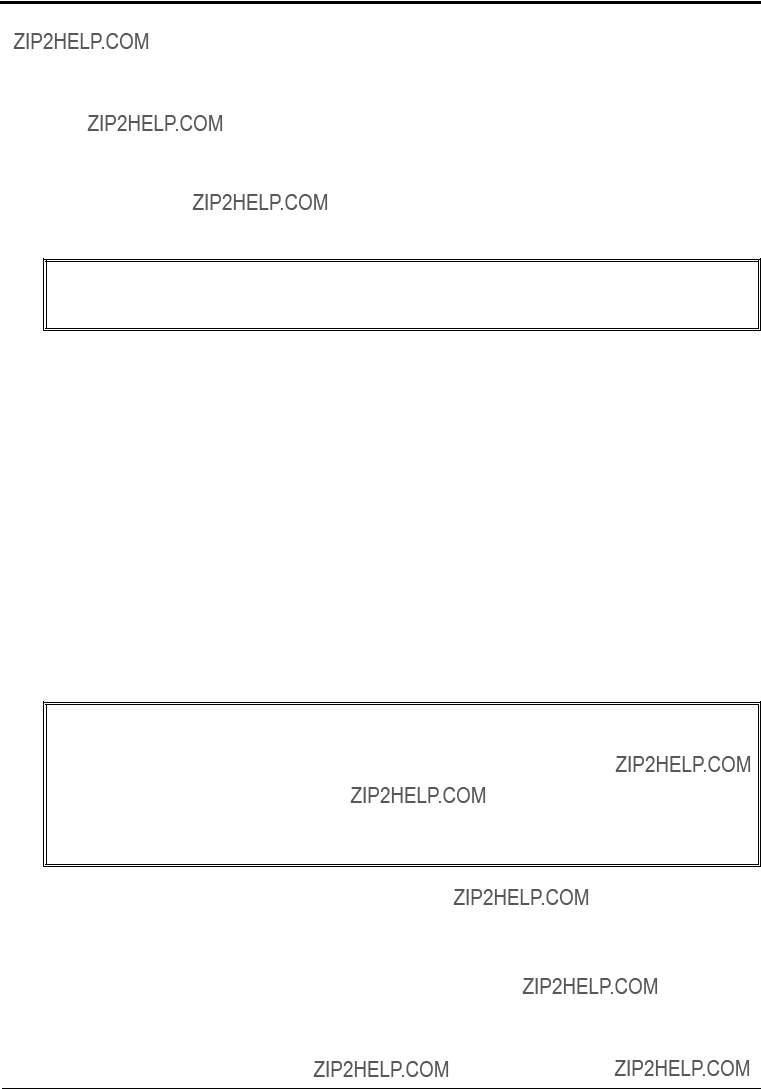
7 Replacing Parts
Safety Information
Follow the procedures listed below to ensure safe handling of components and to prevent harm to both you and the server:
??????Use an
??????Handle accessory boards and components by the edges only. Do not touch any
??????Do not wear clothing subject to static charge
WARNING Hazardous voltages are present inside the server. Always remove AC power from the system and other associated assemblies while working inside the unit. Serious injury may result if this warning is not observed.
Service Tools Required
Service of this product may require one or more of the following tools:
??????Electrically Conductive Field Service Kit (P/N
??????CE Peripheral Exerciser Disk Kit
??????Datacomm Test Hood,
??????Datacomm Test Hood,
??????1/4 inch Flat Blade Screwdriver
??????
Chassis Fan
The chassis fan is mounted within the side panel of the chassis.
WARNING Before opening the HP Server, always disconnect the power cords and unplug telephone cables. Disconnect the power cords to avoid exposure to high energy levels that may cause burns when parts are
Note that the power switch does not turn off the standby power. Disconnect the power cord to turn off standby power.
Use the following steps to replace the chassis fan:
1.If the server is operating, log off all users, back up files, and power down the server.
2.Disconnect the power cord and any external cables connected to the server. If necessary, label each one to expedite
3.Open the side panel.
4.If necessary, remove any accessory boards from the system board allowing clear access to the fan.
81
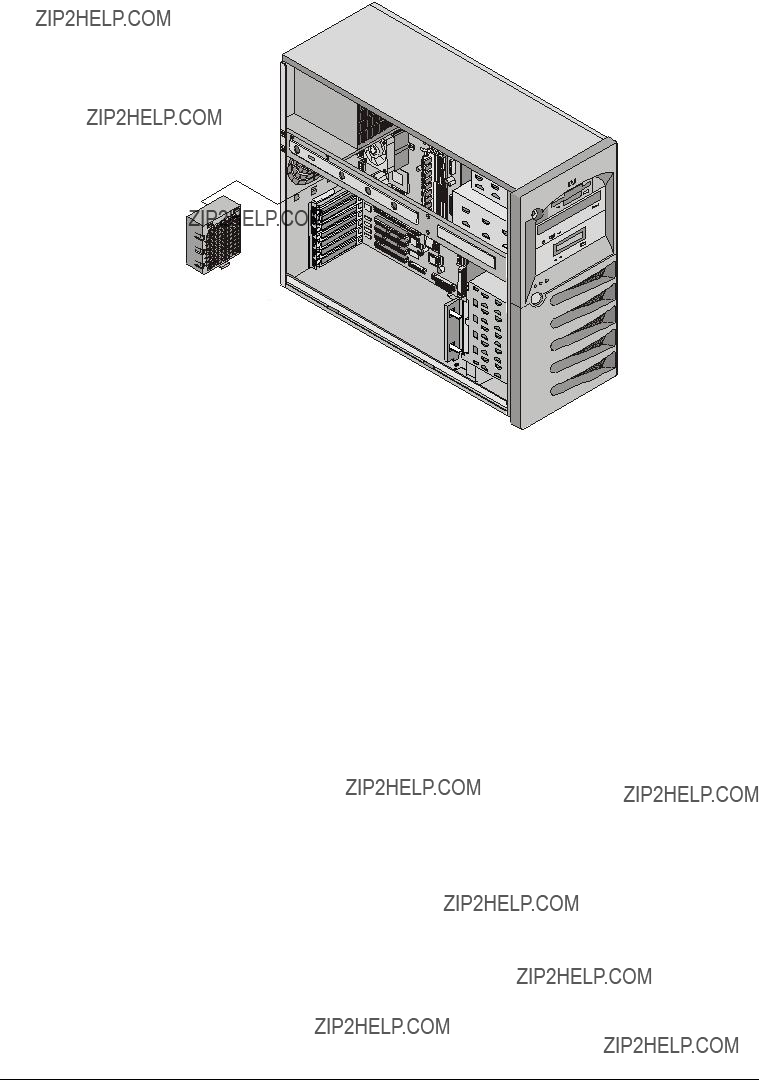
5.Squeeze the two blue tabs together and pull down slightly to release the latch from the rear panel slots.
6.Unplug the connector and lift out the fan. See Figure
Figure
7.Remove the replacement chassis fan from the shipping container.
8.Connect the chassis fan connector.
9.Line up the tabs of the fan with the openings on the rear panel and snap the fan into place.
10.Replace any accessory boards removed to access the fan.
11.Close the side panel.
12.Replace the external cables and power cord.
13.Power up the server and return it to normal operation.
Power Supply
The low voltage ON/OFF switch on the front panel controls the power supply.
Use the following steps to replace the power supply:
1.If the server is operating, log off all users, back up files, and power down the server.
2.Disconnect the power cord and any external cables connected to the server. If necessary, label each one to expedite
3.Open the side panel.
4.Disconnect the power supply connections to the FDD,
5.Unplug the power cable (BP1) from the system board.
6.Remove any long PCI cards.
7.Remove the screw in front of the PCI card guide and remove the guide.
8.Unplug the power to the cold swap back plane or from the hot swap power jumper cable.
82
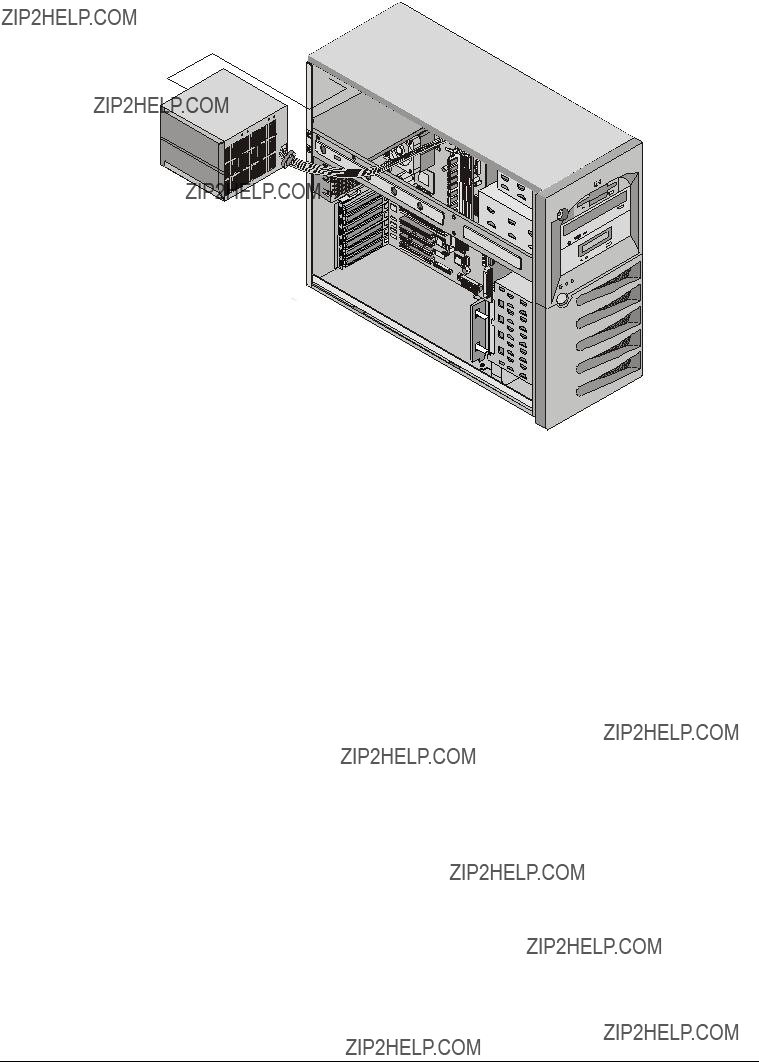
9.Remove the four screws securing the power supply to the chassis. These are located at the rear of the chassis. See Figure
10.Slide the power supply forward and remove it.
Figure
11.Place the new power supply into the chassis.
12.Replace the four screws securing the power supply to the chassis.
13.Connect the internal power cables.
14.
15.
16.
17.Close the side panel.
18.Replace the external cables and power cord.
19.Power up the server and restore it to normal operation.
83
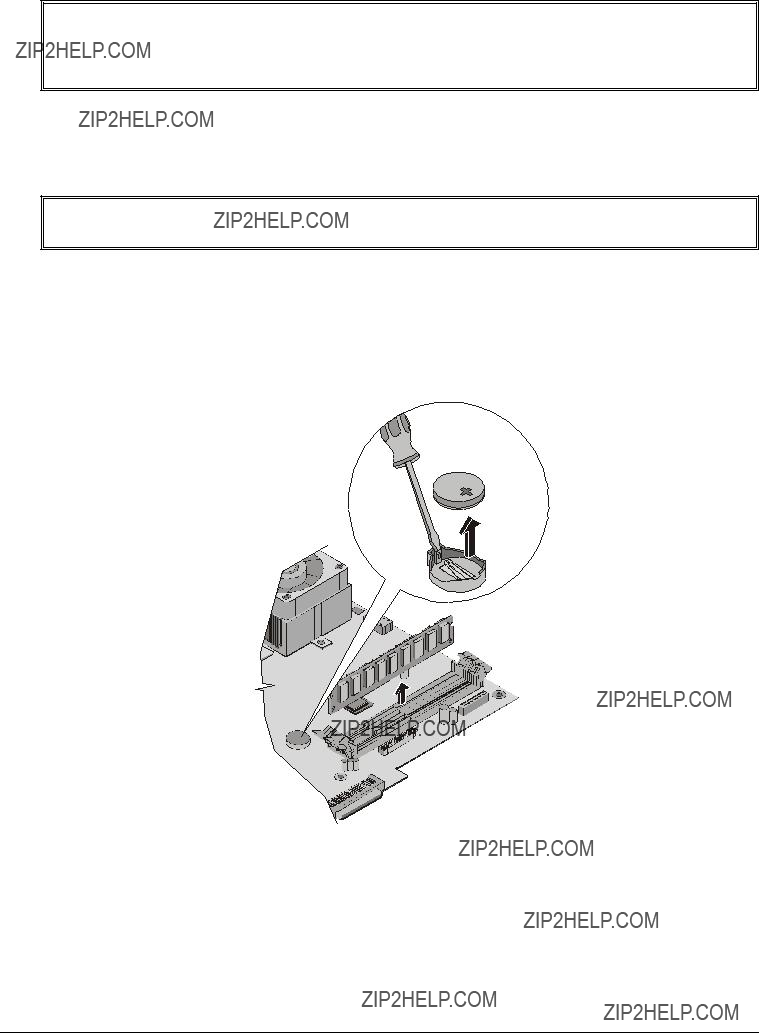
Battery
Use the following steps to replace the battery:
WARNING There is a danger of explosion if the battery is incorrectly installed. For your safety, never attempt to recharge, disassemble, or burn the old battery. Replace only with the same or equivalent type recommended by the manufacturer. Dispose of used batteries according to the manufacturer's instructions.
1.If the server is operating, log off all users, back up files, and power down the server.
2.Disconnect the power cord and any external cables connected to the server. If necessary, label each one to expedite
WARNING The power supply will continue to provide standby current to the HP Server until the power cord is disconnected.
3.Open the side panel.
4.Remove any accessory boards, if necessary, allowing access to the battery socket.
5.Remove the existing battery. See Figure
The battery is spring loaded into the mounting socket and held in place by a latching mechanism. Press the release mechanism toward the outside of the mounting socket to release the battery.
Figure
6.Insert the new battery with the positive sign (+) facing out, and ensure that it is seated completely. Ensure the retaining latch is in place, and holds the battery firmly.
7.If necessary, replace any accessory boards removed to allow access to the battery socket.
8.Close the side panel.
9.Replace the external cables and power cord.
84

10. Power up the server and return it to normal operation.
System Board
Use the following steps to replace the system board:
1.If the server is operating, log off all users, back up files, and power down the server.
2.Disconnect the power cord and any external cables connected to the server. If necessary, label each one to expedite
3.Remove the side panel.
4.Remove all accessory boards mounted on the system board.
5.Remove all cables connected to the system board. If necessary, label each one to expedite
6.Lay the chassis down to gain access to the system board.
7.Remove the system fan.
8.Use a Torx
CAUTION Use caution to prevent the
9.Lift the system board gently at its two front corners to unsnap the board from the chassis.
10.Slide the system board forward and then lift the board up and away from the chassis. See Figure
Figure
11.Place the system board on an
12.Remove memory, processors and/or CPU terminator. Place components on an
13.Place the system board and any cables in an
85

14.Remove the replacement system board and any cables from the
15.Place the system board on an
16.Place the system board in the chassis aligning the rear panel connectors to the rear chassis and the mounting holes in the board with the holes in the chassis.
17.Snap the board into place.
18.Install the eight screws securing the system board to the chassis.
19.Replace memory, processors and/or CPU terminator.
a.Wipe the grease off of the heatsink and processor.
b.Place a round dollop of the grease in the center of the CPU heat spreader.
c.Push the heatsink straight down to evenly spread the grease.
d.Install the heatsink to the CPU.
20.Replace all cables that were removed.
21.Replace any removed accessory boards.
22.Return the machine to its upright position.
23.Replace the system fan.
24.Connect the power cord and any external cables to the server.
25.Close the side panel.
26.Power up the server and return it to normal operation.
86

8 Parts Identification
Exploded View ??? Covers and Bezels
87

Exploded View ??? Drives (Cold Swap)
88

Exploded View ??? Drives (Hot Swap)
89
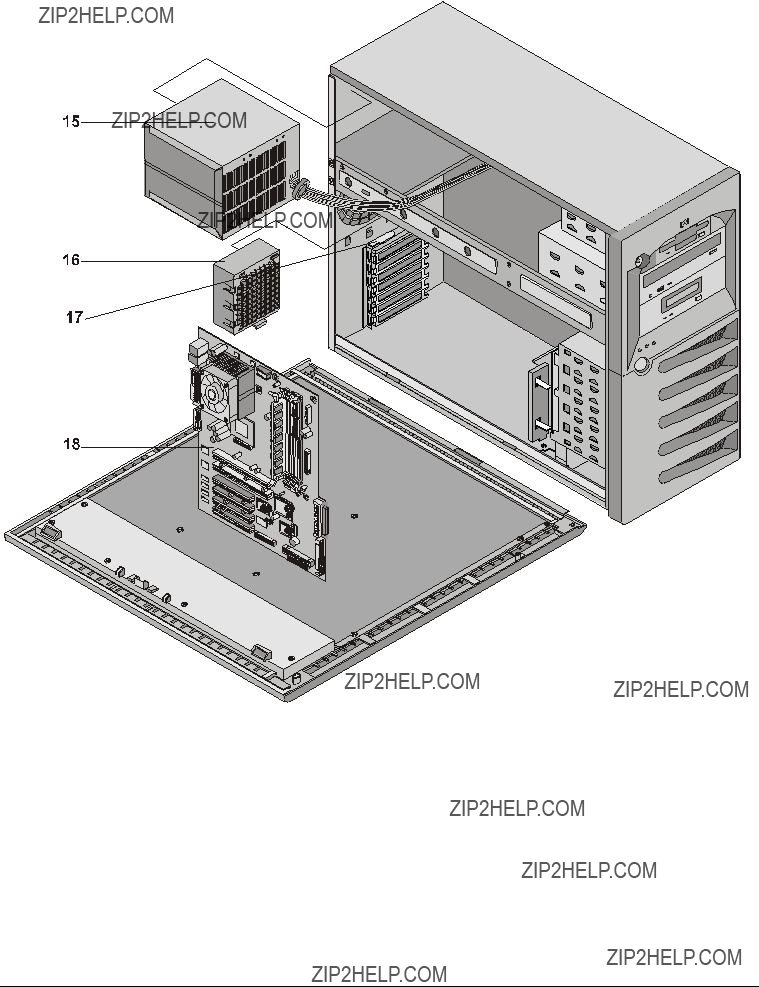
Exploded View ??? Power Supply, Fan, I/O Retainer, System Board
90
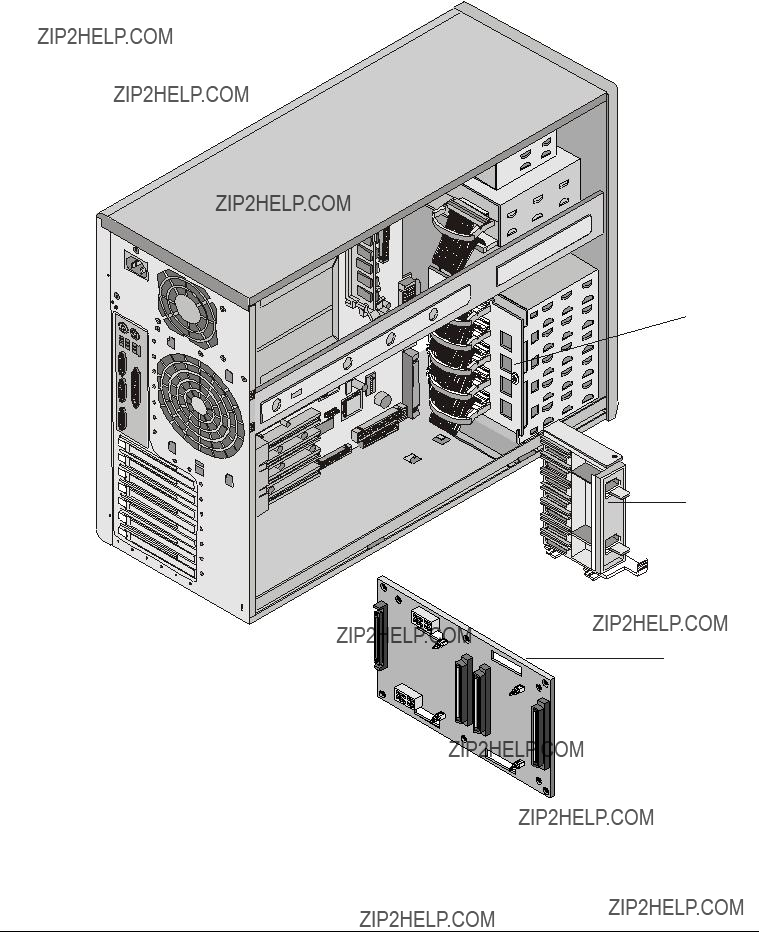
Exploded View ??? Back Plane and PCI Card Guide Assemblies
19
20
21
91
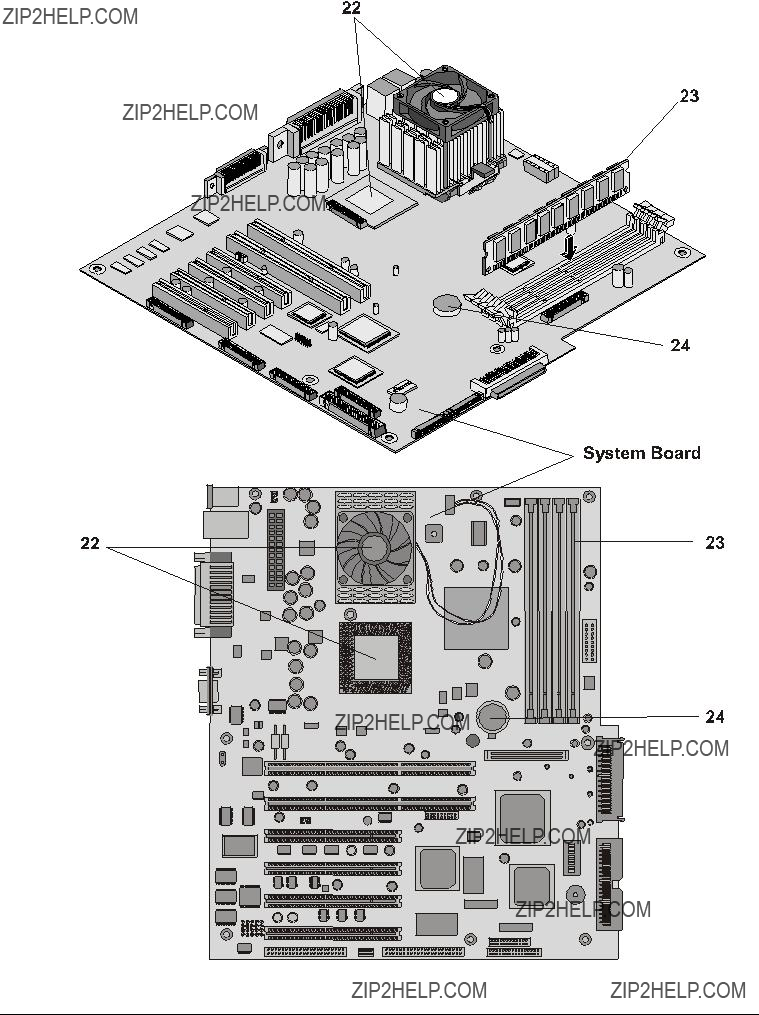
Exploded View ??? System Board
92

Replaceable Parts List
The items in this list and the corresponding item numbers in the respective exploded views apply to both models of the HP Server, except where noted.
*This part is not on an exploded view.
**This Part Number is revised with each new release.
93

Chapter 8Parts Identification
Keyboards
94

Chapter 8Parts Identification
Power Cords
95
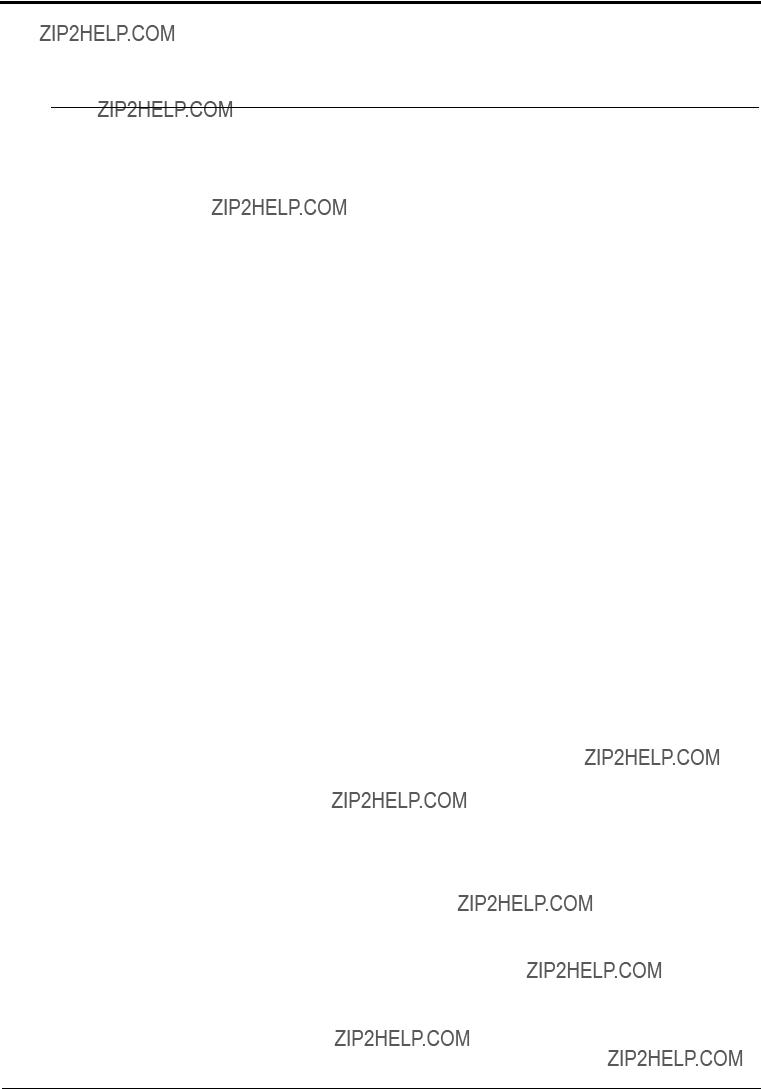
9 Specifications
This chapter provides the power requirements, operating conditions (environmental requirements), physical requirements, hardware specifications, and video resolutions of the HP Server tc3100.
The following tables provide the specifications required for normal operation of the HP Server tc3100.
Power Supply Requirements
97

Weight and Dimensions
98
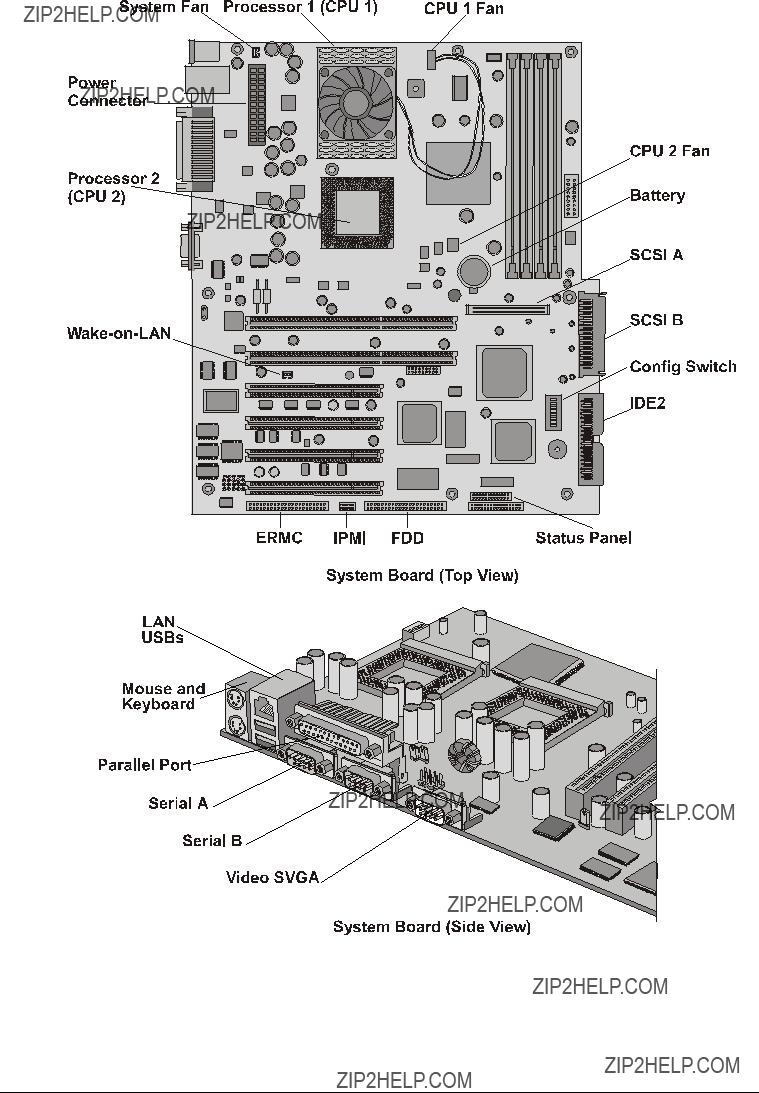
System Board Layout
Figure
99
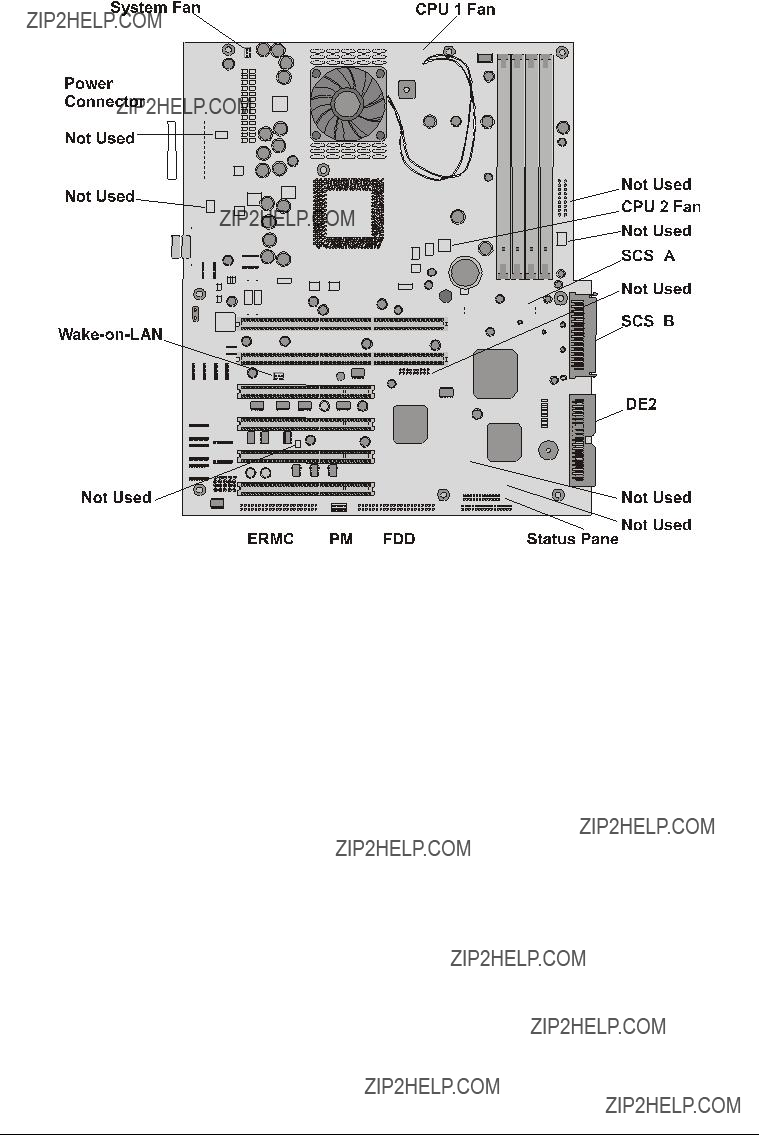
Figure
100

Index
A
accessory boards
disk array controller board, 37 installing,
acoustic emissions, 104 ACPI, 6
activity status LEDs, hot swap drives, 4 administrator password
accessing fields, 44 resetting, 71 setting, 47
Advanced Configuration and Power Interface (ACPI), 6
altitude specifications, 104
B battery
replacing, 90 troubleshooting problems, 76
bezel
exploded views, 93 lower, 14
upper, 14
BIOS Setup Utility. See Setup Utility boot device ordering, Setup Utility, 45 boot drive, location, 17
boot passwords, setting, 46 boot priority
boot order, 18 changing, 37
removing channels from, 50 boot ROM, Setup Utility, 45 bus selection, PCI slots, 37
C cables
internal to external SCSI, 22 optional SCSI accessory, 21 parts list, 101
boot priority, 18 exploded view, 94 installing,
troubleshooting problems, 81 changing
system date, 46 time, 46
chassis fan, replacing, 87
chipset specifications, 105 closing server, 13
CMOS configuration, clearing, 53 cold swap drives
addressing, 17 installation order, 17 removing, 24
common tray devices, 16 configuring HP Server
Navigator
controller ID, SCSI, 17 controls and indicators, 1, 2 CPU 1, 30
D
DAT. See tape back up drive default boot priority, 18 diagnostics
DiagTools utility, 55, 69 DIMMs
guidelines, 27 installing,
open slot configuration, 27 removing, 29
retaining latches, 28 sizes, 27 specifications, 105
supported memory capacity, 27 troubleshooting problems, 85
disk activity LED, 2
disk array controller board, 37 Diskette Library, 69
drive types supported backup tape drive, 3
E
embedded LAN boot priority, 18
USB settings, Setup Utility, 45 embedded USB, 45 environmental specifications
acoustic emissions, 104 altitude, 104
humidity, 103 power supply, 103 temperature, 103 thermal output, 104
error messages
101
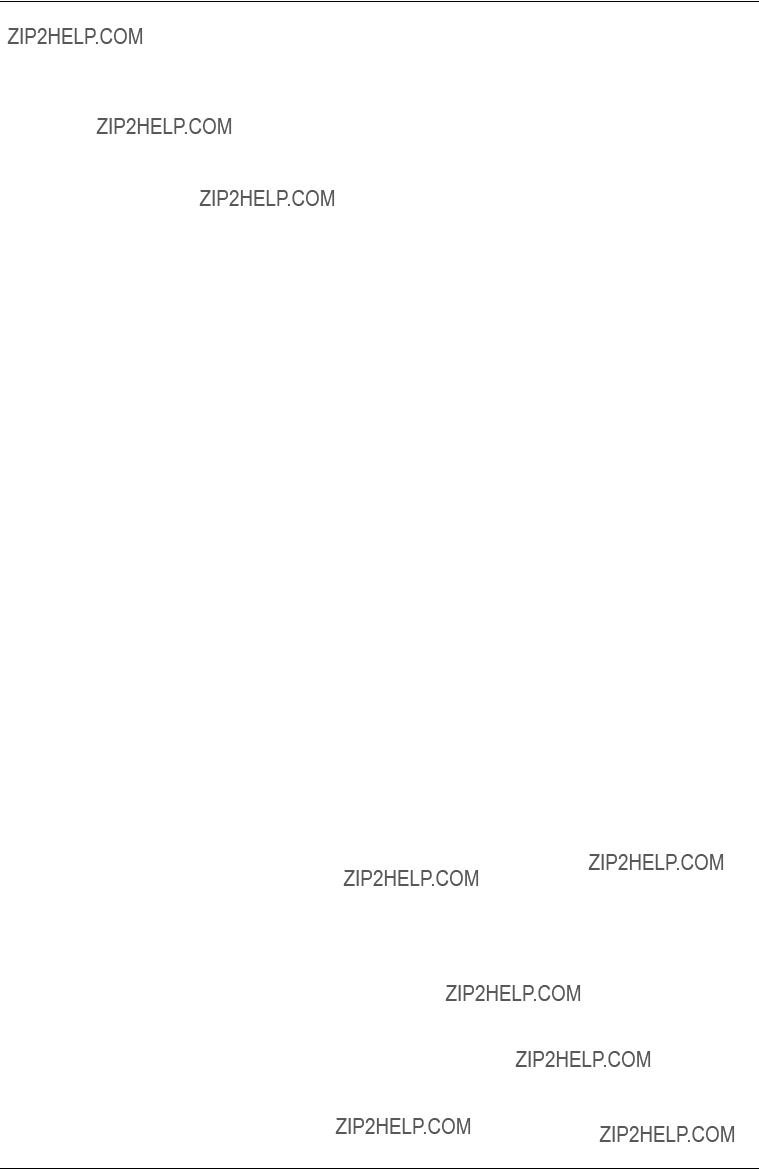
Index
POST, 51, 52
POST error codes, 59 reverse video, 51
exploded views bezels, 93
drives (cold swap), 94 drives (hot swap), 95 fan supply, 96
I/O assembly, 97
PCI card guide retainer, 97 power supply, 96
side panel, 93 external connectors
keyboard, 9 LAN port, 12 mouse, 9 parallel port, 10 SCSI, 11
serial port, 9 standard video, 11 USB, 10
external SCSI cable, 21 devices, 18 port, 4
F fan
exploded view, 96 replacing, 87
filler panels empty slots, 17 hot swap, 95
firmware upgrades, 36 flexible disk cable
parts number, 101 flexible disk drive
boot priority, 18 exploded view, 94 installing, 20 mass storage, 16 Setup Utility, 45
troubleshooting problems, 80 front panel
controls and indicators, 1 lower bezel, 14
upper bezel, 14
H
hard disk drives, installing,
security, 44 specifications, 105
heatsink, installing, 34 hibernate sleep state, 6 hot swap drives
addressing, 17 installation order, 17 LED indicators, 4 operation status, 3
removing, 26
HP DiagTools utility, 69
HP Integrated Remote Assistant, 54 HP Management Solutions, 54
HP
configuring, 41 inrush current, 6 maintenance, 70 mass storage, 16 opening and closing, 13 powering down, 5 powering up, 5
SCSI Configuration Utility, 50 HP TopTools, 56
humidity specifications, 103
I
I/O assembly, exploded view, 97 I2C connector, 36
IDE
IDE devices
mass storage, 16 Setup Utility, 45
inrush current, 6
installation, troubleshooting problems, 70 installing
accessory boards,
disk array controller board, 37 hard disk drives,
mass storage,
integrated I/O port, Setup Utility, 45 Integrated RA, 54
internal SCSI cable parts number, 101
internal to external SCSI cable, 22 IRQ settings, 36
K keyboard
connecting, 40 external connector, 9 maintenance, 70 parts list, 100
port, 4
troubleshooting problems, 79
L
LAN
activity LED, 2 port, 4
port connector, 12 sleep states, 6
LAN A Power On/Off, 54
102

Index
103

Index
guidelines, 31
primary and secondary sockets, 30 reconfigure NOS, 36 specifications, 105
speed, 31
troubleshooting problems, 85
R
read/write errors, 80 rear panel
LED indicators, 5 ports, 4
Remote Console, 49 remote control card, 36 replaceable parts list, 99 replacing parts
battery, 90 chassis fan, 87 power supply, 88
safety information, 87 system board, 91 tools, 87
retaining latches, DIMMs, 28 reverse video error messages, 51
S
safety information, 87 scheduled events, sleep states, 6
SCSI
accessory cable, 21 boot drive, 17 controller ID, 17
device installation order, 17 device selection, 16
disk drive sizes, 16 drive addressing, 17 drive specifications, 105 external cable, 22 external connector, 11 external devices, 18 external port, 4
internal to external cable, 22 troubleshooting problems, 82
SCSI channels boot priority, 18
removing from boot order, 50 use, 17
SCSI Configuration Utility boot priority, changing, 37 controller settings, 50
secondary processor socket, 30 security
hardware, 44
network server mode, 44 Setup Utility, 44
serial port
A and B, 4
external connector, 9 server maintenance, 70 Setup Utility
accessing, 44
boot device ordering, 45 boot password, 46
boot priority, changing, 37 boot ROM, 45 configuring, 44 embedded LAN/USB, 45 embedded USB, 45 flexible disk drive, 45 hardware security, 44 IDE devices, 45 integrated I/O port, 45 memory cache, 45
menu bar, 44
network server mode, 44 options, 44
passwords, resetting, 71 passwords, setting, 46 PCI slot devices, 45
security, 44
system date, changing, 46 time, changing, 46
user preferences, 44
side panel
exploded view, 93 opening, 15
site preparation, 103 sleep states
ACPI, 6 defined, 6 hibernate, 6 LAN activity, 6 NOS dependent, 2
power button configurations, 7 power management, 7 scheduled events, 6
standby, 6 suspend, 6
software drivers, PCI boards, 40 standby
current, 6 sleep state, 6
status LEDs, hot swap drives, 4 suspend sleep state, 6
system board
CMOS configuration, 53 DIMM slots, 27
power connector, 35 remote control card, 36
104

Index
removing DIMMs, 29 replacing, 91
VRM, 30
system date, changing, 46
T
tape backup drive
LED codes, 3 mass storage, 16
tape heads, cleaning, 70 temperature specifications, 103 tested PCI boards, 36
thermal output specification, 104 time, changing, 46
tools, 87 troubleshooting
basics, 69
battery problems, 76
flexible disk drive problems, 80 installation problems, 70 keyboard problems, 79 memory module problems, 85 monitor problems, 74
mouse problems, 79 Network Interface Card, 86 password problems, 71 POST error messages, 52 power problems, 73
printer and I/O problems, 77 processor problems, 85 SCSI problems, 82
tools needed, 69 video problems, 74
U
USB
external connector, 10 ports, 4
user password access, 44 resetting, 71 setting, 47
V video
external connector, 11 specifications, 105 troubleshooting problems, 74
voltage regulator module (VRM), 30 VRM (voltage regulator module), 30
W
Z
Zero Insertion Force (ZIF), 32
ZIF (Zero Insertion Force), 32
105